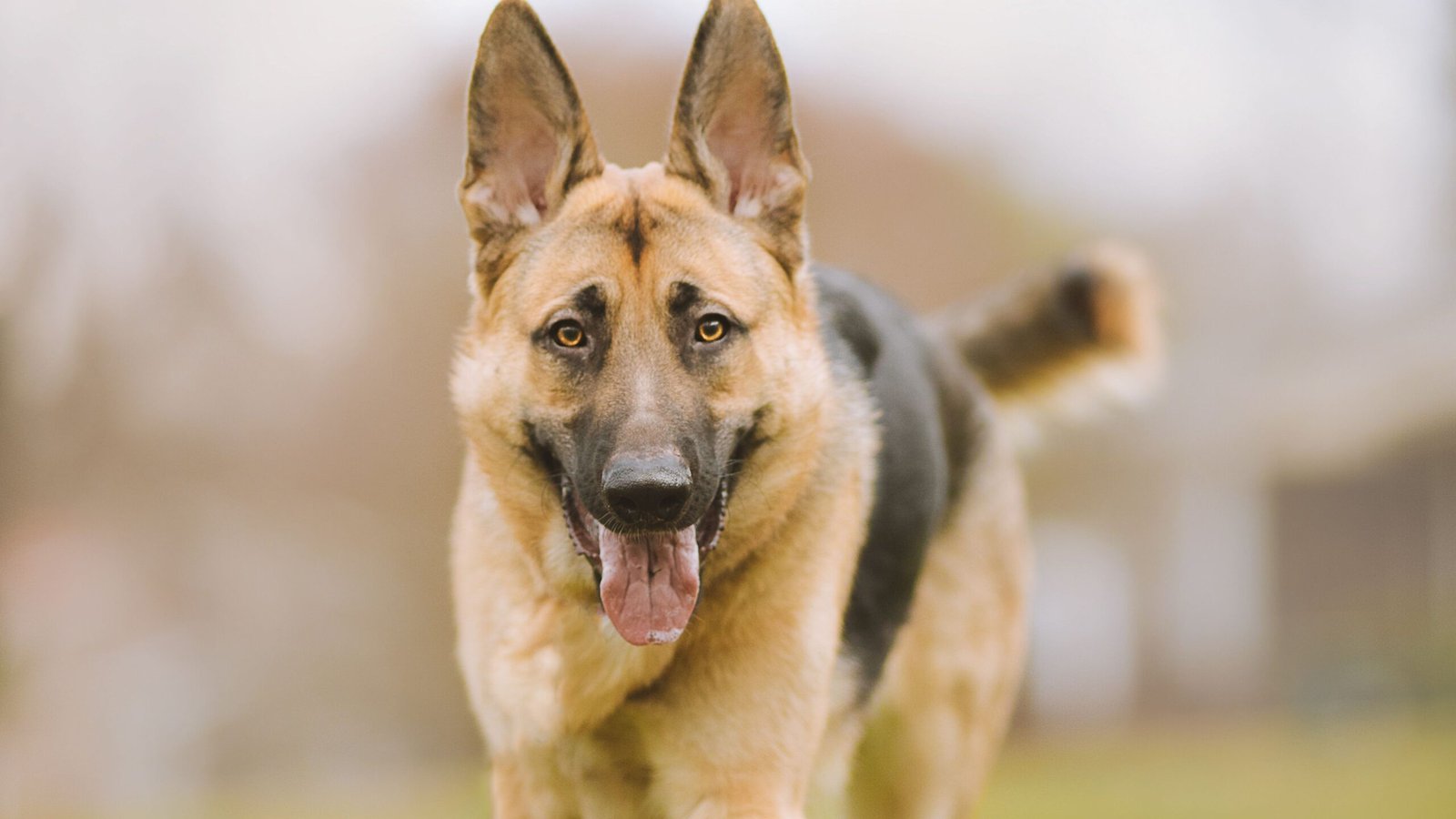Working Breeds
Australian Shepherd Eye Colors: Mesmerizing Breed

A Mesmerizing Trait of the Breed

Australian Shepherd Eye Colors: The Australian Shepherd is a breed renowned for its intelligence, agility, and striking appearance. One of the most fascinating features of these dogs is their diverse eye colors. From deep browns to striking blues, Australian Shepherds’ eyes are as unique as their energetic personalities. This article explores the various eye colors found in the breed, the genetics behind them, and their impact on health and behavior.
For more information regarding 4 seasonal cxcercieses of all dog breeds recommended by the doctors and experts,you can visit our youtube channel:
https://www.youtube.com/@Dogsreaders
Common Eye Colors in Australian Shepherds
- Brown Eyes:
- Brown is one of the most common eye colors in Australian Shepherds. The shades can range from light amber to deep chocolate, giving the dog a warm and expressive appearance.
- Blue Eyes:
- Blue eyes are perhaps the most iconic feature of some Australian Shepherds. They can be pale icy blue or a vivid sky blue, often drawing comparisons to the Husky breed. Blue eyes are particularly striking in dogs with merle coats.
- Amber Eyes:
- Amber eyes are less common but equally captivating. This golden or coppery hue stands out and is often seen in dogs with red or liver coats.
- Heterochromia:
- Many Australian Shepherds exhibit heterochromia, where each eye is a different color. For example, one eye might be brown, while the other is blue. This trait enhances their unique appearance and is celebrated by breed enthusiasts.
- Marbled or Partially-Colored Eyes:
- Australian Shepherds with merle coats often have marbled eyes, a combination of multiple colors or shades within a single eye. These eyes might appear speckled or swirled, adding to their distinct charm.
Eye Colors by Country

Here is a table showcasing the prevalence of eye colors in Australian Shepherds based on geographical regions:
| Country | Common Eye Colors | Unique Traits |
|---|---|---|
| United States | Brown, Blue, Amber | High prevalence of heterochromia and merle patterns |
| Australia | Brown, Blue | Strong genetics for blue eyes in merle coats |
| United Kingdom | Brown, Amber | Less common occurrence of heterochromia |
| Canada | Brown, Blue | High incidence of marbled eyes in rural areas |
| Germany | Brown, Amber, Marbled | Selective breeding for amber hues |
| Japan | Brown, Blue | Blue eyes highly prized in show lines |
| Russia | Brown, Amber, Blue | Heterochromia increasingly appreciated |
| Brazil | Brown, Amber | Preference for solid-colored eyes |
The Genetics Behind Eye Color

The wide variety of eye colors in Australian Shepherds is influenced by genetics, particularly the merle gene. This gene affects pigmentation, not only in the coat but also in the eyes. Here are a few key points about the genetics of eye color:
- Merle Gene:
- Dogs with the merle gene often have blue eyes or marbled eyes due to reduced pigmentation. The gene’s effect is random, leading to unique patterns and colors in every dog.
- Recessive and Dominant Genes:
- Brown eyes are typically the result of dominant genes, while blue eyes are linked to recessive or merle-associated genes.
- Heterochromia Factors:
- The presence of heterochromia is also tied to genetic factors, particularly in dogs carrying the merle gene or those with specific coat colors.
Eye Color and Health Considerations

While the diversity of eye colors in Australian Shepherds is breathtaking, it’s important to consider the potential health implications:
- Deafness:
- Dogs with two blue eyes and a merle coat may have a higher risk of congenital deafness. This is due to the same genetic factors affecting pigmentation and ear development.
- Vision Issues:
- Although rare, certain eye conditions, such as colobomas or cataracts, may occur in Australian Shepherds, especially those with the merle gene. Regular veterinary check-ups are crucial for early detection.
- Sensitivity to Light:
- Blue-eyed dogs may be more sensitive to bright sunlight compared to their brown-eyed counterparts.
Celebrating Their Unique Traits

Regardless of their eye color, Australian Shepherds are adored for their intelligence, loyalty, and boundless energy. Their distinctive eyes are just one of many features that make them stand out. Whether you’re drawn to the soulful depth of brown eyes or the captivating intensity of blue, Australian Shepherds truly are a breed like no other.
Working Breeds
Core Training Principles for All German Shepherds: Mastering the Working Mindset

Introduction
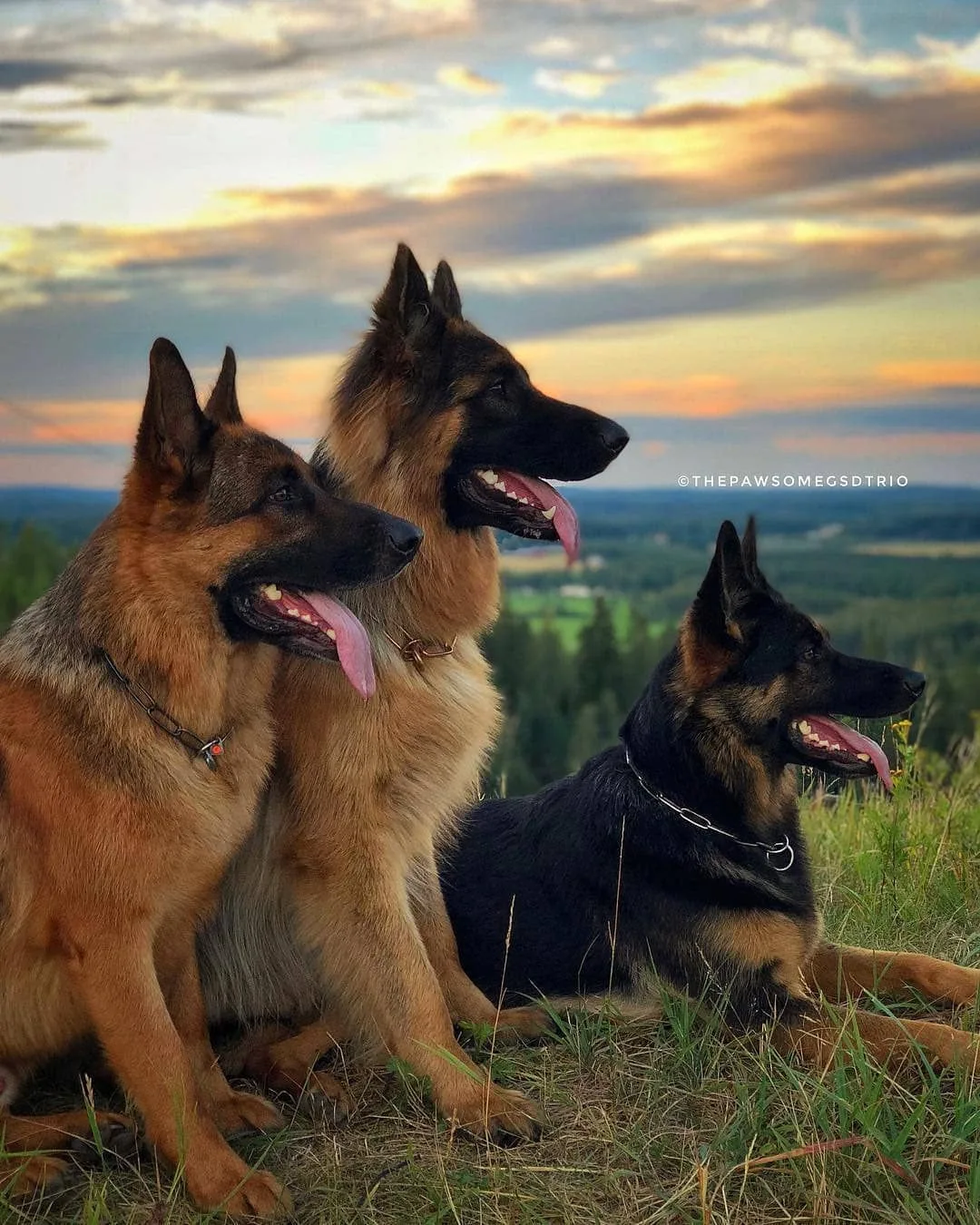
Core Training Principles for All German Shepherds: German Shepherds are legendary for their intelligence, loyalty, and work ethic—but unlocking their full potential requires understanding their unique psychology. Unlike other breeds, GSDs thrive on purpose-driven training that balances their natural intensity with disciplined obedience.
Part 6 of the German Shepherd Series on DogsReader
Subscribe to us on YouTube | Facebook | Instagram | www.dogsreader.com
Whether you’re raising a police K9, a therapy dog, or a family guardian, these core training principles will shape a confident, well-adjusted German Shepherd.
1. The GSD Mindset: What Makes Them Unique
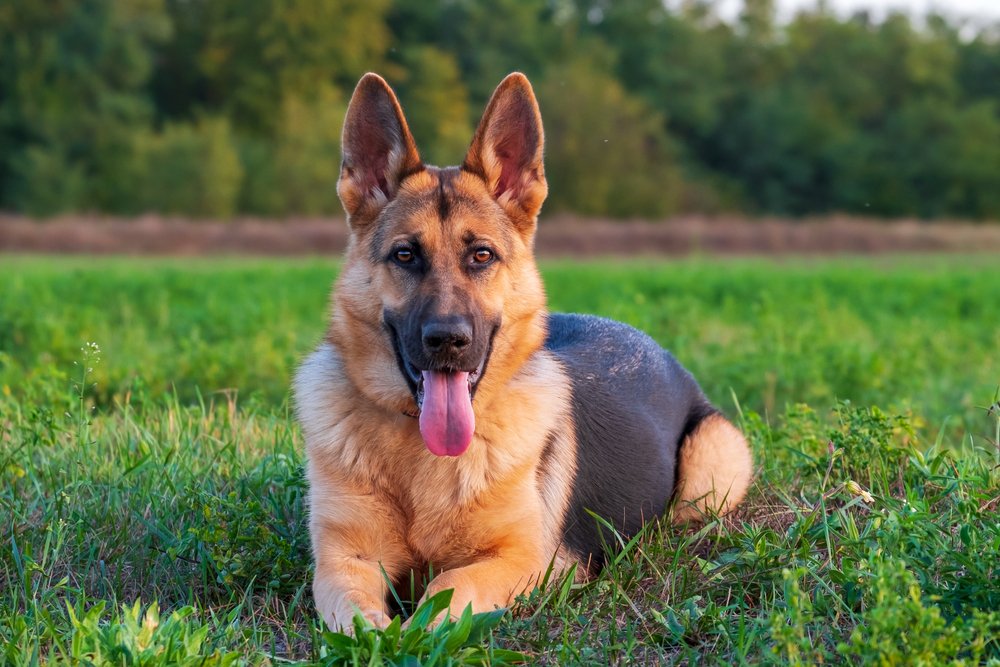
A. Drive vs. Obedience Balance
The Challenge:
GSDs possess high prey, defense, and pack drives—essential for working roles but risky if uncontrolled.
The Solution:
-
Channel Drive Productively
-
Use tug toys for bite drive (police/military training).
-
Hide treats for scent work (detection dogs).
-
-
Reward Calm Focus
-
Teach a solid “watch me” command to redirect energy.
-
Avoid over-arousing play before obedience sessions.
-
Pro Tip: A well-trained GSD should switch from “high drive” to “calm focus” on command.
B. Socialization Windows (Critical Periods for Puppy Training)
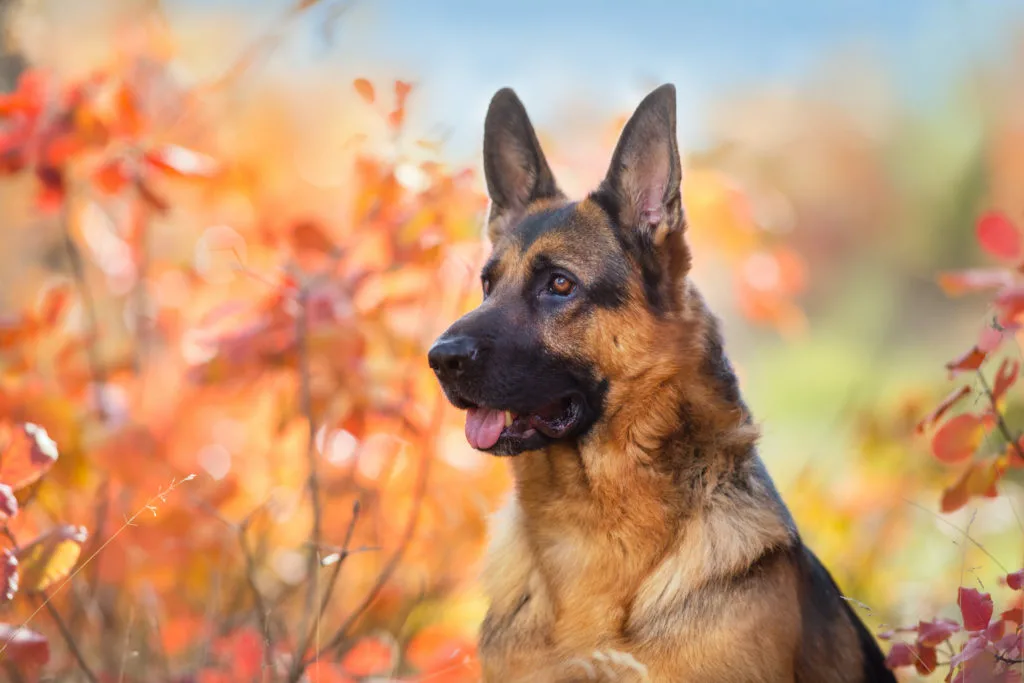
Why It Matters:
GSDs are sensitive to early experiences. Poor socialization leads to fear, aggression, or reactivity.
Key Windows:
Age |
Focus |
|---|---|
3-12 weeks |
Positive exposure to people, sounds, surfaces. |
3-6 months |
Dog-to-dog socialization (controlled settings). |
6-12 months |
Public outings (crowds, traffic, other animals). |
Must-Do Activities:
- Touch Desensitization (Paws, ears, mouth handling).
- Sound Training (Fireworks, sirens, vacuums via recordings).
- Novelty Challenges (Umbrellas, wheelchairs, hats).
- Warning: Avoid dog parks—overwhelm can backfire!
C. The ‘Off-Switch’ (Teaching Calmness Despite High Energy)
The Problem:
Many GSDs lack an innate “off-switch,” leading to hyperactivity or anxiety.
Training Steps:
- Capturing Calmness
- Reward spontaneous relaxed behavior (lying down, sighing).
-
Structured Settling
-
Impulse Control Games
- “Leave it” with high-value treats.
- “Wait” at doorways/mealtimes.
Advanced Tip: Combine physical exercise with mental work (e.g., post-walk scent games) to prevent obsessive pacing.
2. Foundational Commands Every GSD Must Master

(For all roles—police, family, or service work)
| Command | Purpose | Training Tip |
|---|---|---|
| “Hier” (German recall) | Emergency recall | Use a long line + high-value rewards. |
| “Platz” (Down) | Instant stop for safety. | Train on varied surfaces (grass, concrete). |
| “Bleib” (Stay) | Builds discipline. | Increase duration/distance gradually. |
| “Aus” (Drop it) | Prevents resource guarding. | Trade toys for treats. |
Note: German commands reduce confusion in high-stress scenarios.
3. Troubleshooting Common GSD Training Issues

Issue #1: Over-Protectiveness
- Fix: Reward neutrality to strangers. Use the “go say hi” cue for friendly interactions.
2: Leash Reactivity
- Fix: “Look at That” (LAT) game—click/treat when they notice triggers without reacting.
3: Separation Anxiety
- Fix: Gradual departures + “calming crate” (frozen Kongs, white noise).
4. Training Tools for German Shepherds

- Best Collar: Martingale (for training) or harness (for pulling control).
- Best Rewards: High-value treats (liver, cheese) or toy-driven dogs (tug rewards).
- Avoid: Prong/e-collars for puppies—use positive reinforcement first.
Closing Statement Training as a Lifestyle

German Shepherds don’t just need training—they crave it. By mastering drive balance, socialization, and off-switch training, you’ll build a dog that’s as disciplined as it is passionate.
Next Steps:
“A trained German Shepherd isn’t just obedient—it’s fulfilled.”
Why This Article Works
- Actionable steps for each principle.
- Role-agnostic (applies to all GSDs).
FAQs: German Shepherd Training Essentials
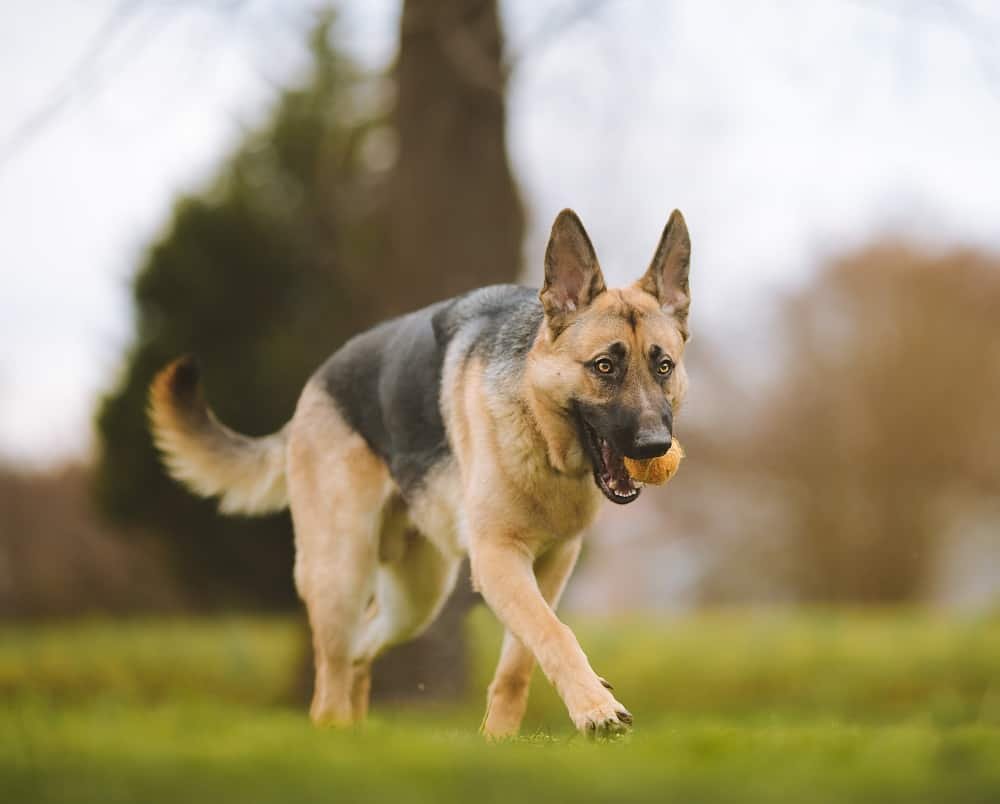
1. Why is balancing drive and obedience so important for GSDs?
German Shepherds with uncontrolled drive may become reactive or obsessive. Structured training channels their intensity into productive work (e.g., scent detection, agility) while teaching off-switch calmness.
2. What if I missed my GSD puppy’s socialization window (3–12 weeks)?
While early socialization is ideal, you can still expose older puppies (up to 6 months) gradually:
- Use treats + praise for positive associations.
- Start with low-stress environments (quiet parks, calm friends’ homes).
3. My GSD won’t relax—how do I teach an “off-switch”?

Try:
- Capturing calmness: Reward moments of natural stillness.
- “Place” training: Use a mat/bed for structured downtime.
- Mental fatigue: 15 minutes of nose work = 1 hour of physical exercise.
4. Are German commands really better for training?
They’re useful for:
- Avoiding confusion (e.g., “sit” vs. everyday use of the word).
- Working dogs (many K9 units use German for consistency).
But English works fine for family pets!
5. How do I stop my GSD from lunging on the leash?
Train the “Look at That” (LAT) game:
- Click/treat when they notice a trigger (dog, bike).
- Gradually decrease distance as they stay calm.
6. What’s the #1 mistake owners make with GSD training?

Over-relying on physical exercise without mental stimulation. A bored GSD becomes destructive—always pair runs with obedience or puzzle toys.
7. Can I use an e-collar for my German Shepherd?
Only after mastering basics with positive reinforcement. E-collars are controversial; consult a professional trainer for proper use.
8. How long should training sessions be?
- Puppies: 5–10 minutes, 3x/day.
- Adults: 15–30 minutes, 1–2x/day.
Short, frequent sessions prevent frustration.
9. Why does my GSD ignore commands outdoors?

They’re likely overwhelmed. Practice in low-distraction areas first, then slowly add challenges (backyard → quiet street → park).
10. Are GSDs good for first-time dog owners?
They can be, if you:
- Commit to consistent training.
- Socialize thoroughly.
- Provide enough mental/physical work.
Engagement CTA
Core Training Principles for All German Shepherds: “Struggling with your Shepherd’s training? Comment below with your biggest challenge—we’ll help!”
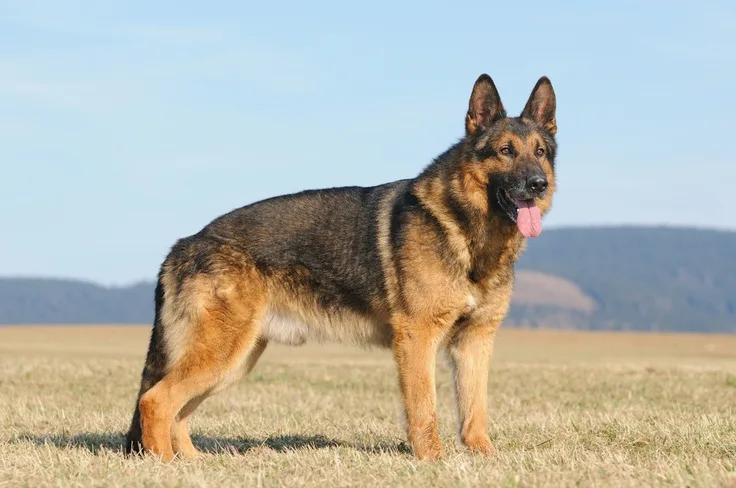

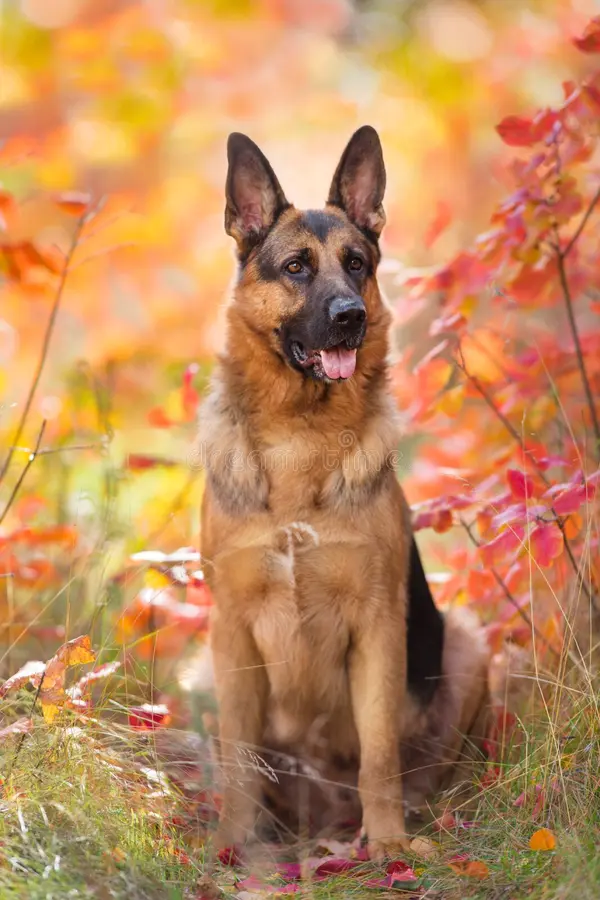

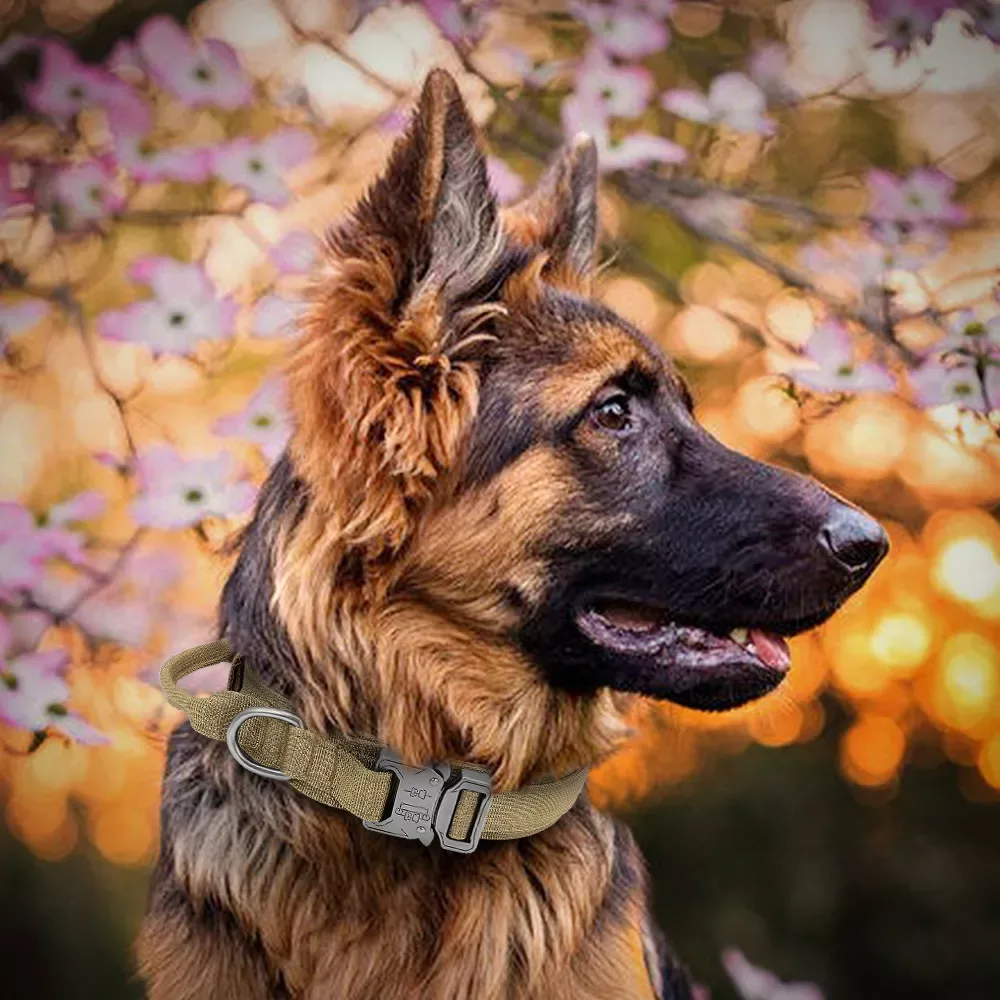
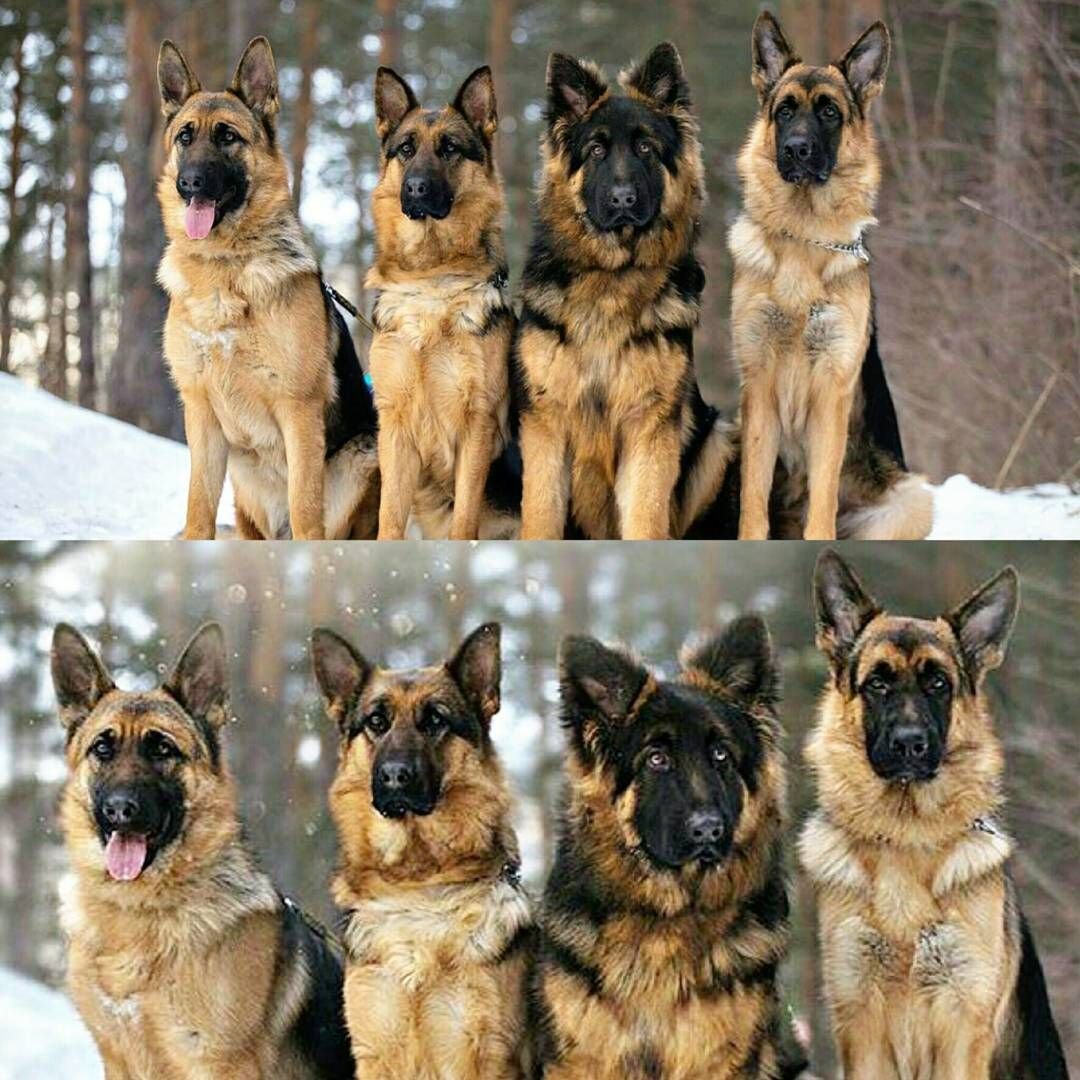

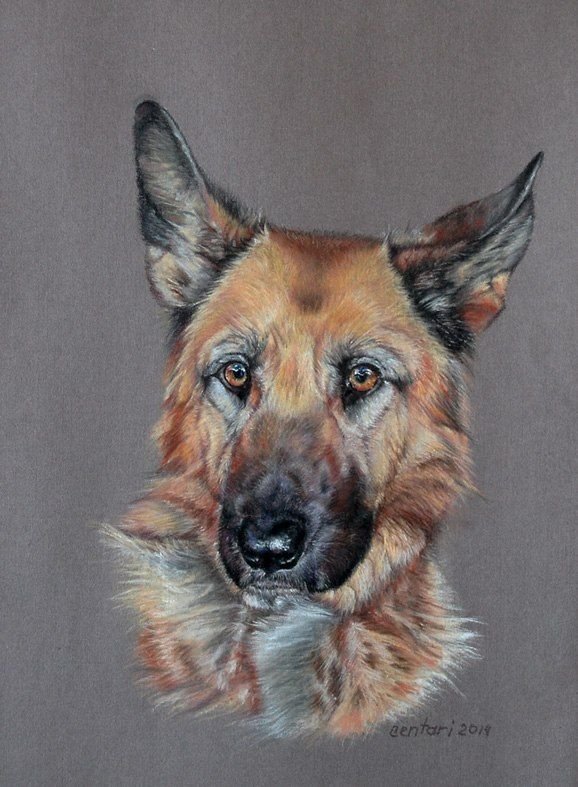


Working Breeds
Born to Serve: The Working Spirit of German Shepherds in Police, Military & Therapy Roles

Part 5 of the German Shepherd Series on DogsReader
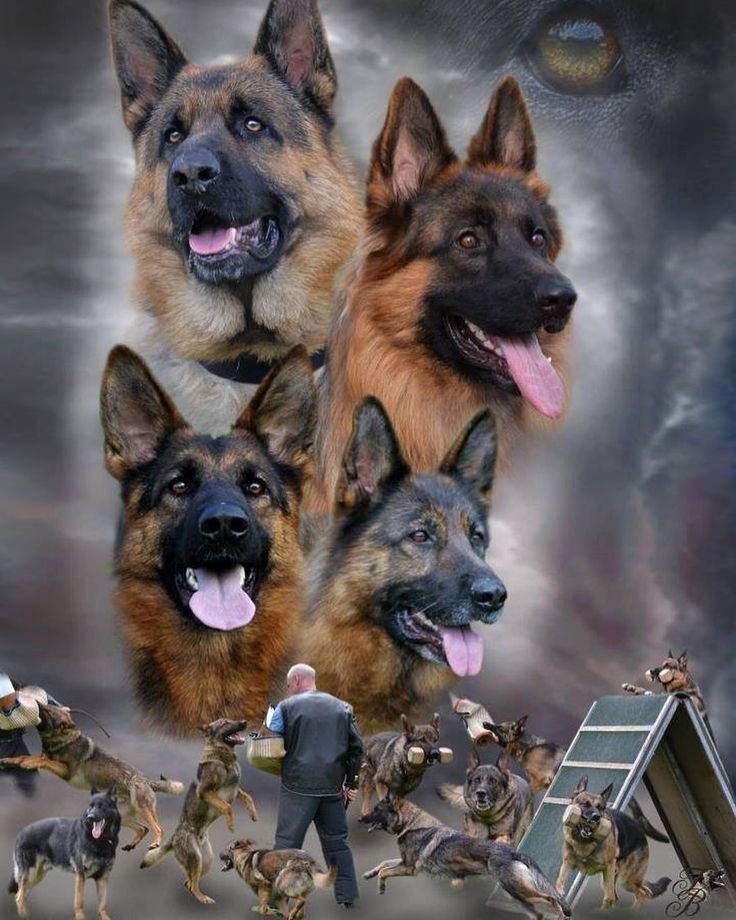
Introduction
Born to Serve: The German Shepherd is not just a companion—it’s a force of dedication, intelligence, and unmatched versatility. In this fifth chapter of the German Shepherd Series on DogsReader, we shine the spotlight on the breed’s working spirit—from the front lines with law enforcement and military to the calming presence they bring as therapy and service dogs. These dogs don’t just work; they thrive in roles that demand courage, loyalty, and mental strength.
Why German Shepherds Are Born to Work

The breed’s origin in 19th-century Germany was rooted in herding and guarding livestock, but their natural instincts quickly proved useful in human-centric working roles.
Key Traits That Make Them Ideal Working Dogs
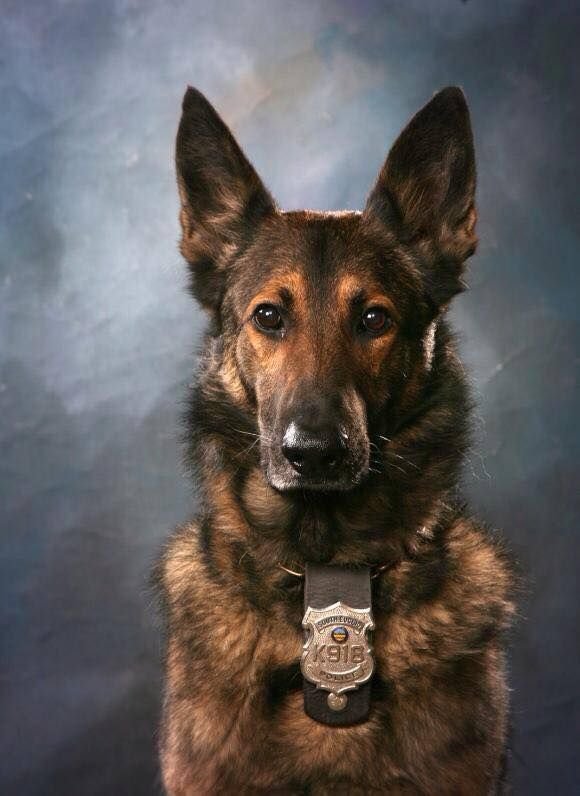
-
High intelligence and quick learning capability
-
Strong bond and loyalty to their handlers
-
Excellent scent detection and tracking abilities
-
Bravery under pressure
-
Superb trainability with sharp focus
-
Endurance and athleticism for demanding tasks
German Shepherds are truly wired to serve, and it shows in every real-life role they dominate.
1. K9 Police Dogs – Guardians of Public Safety
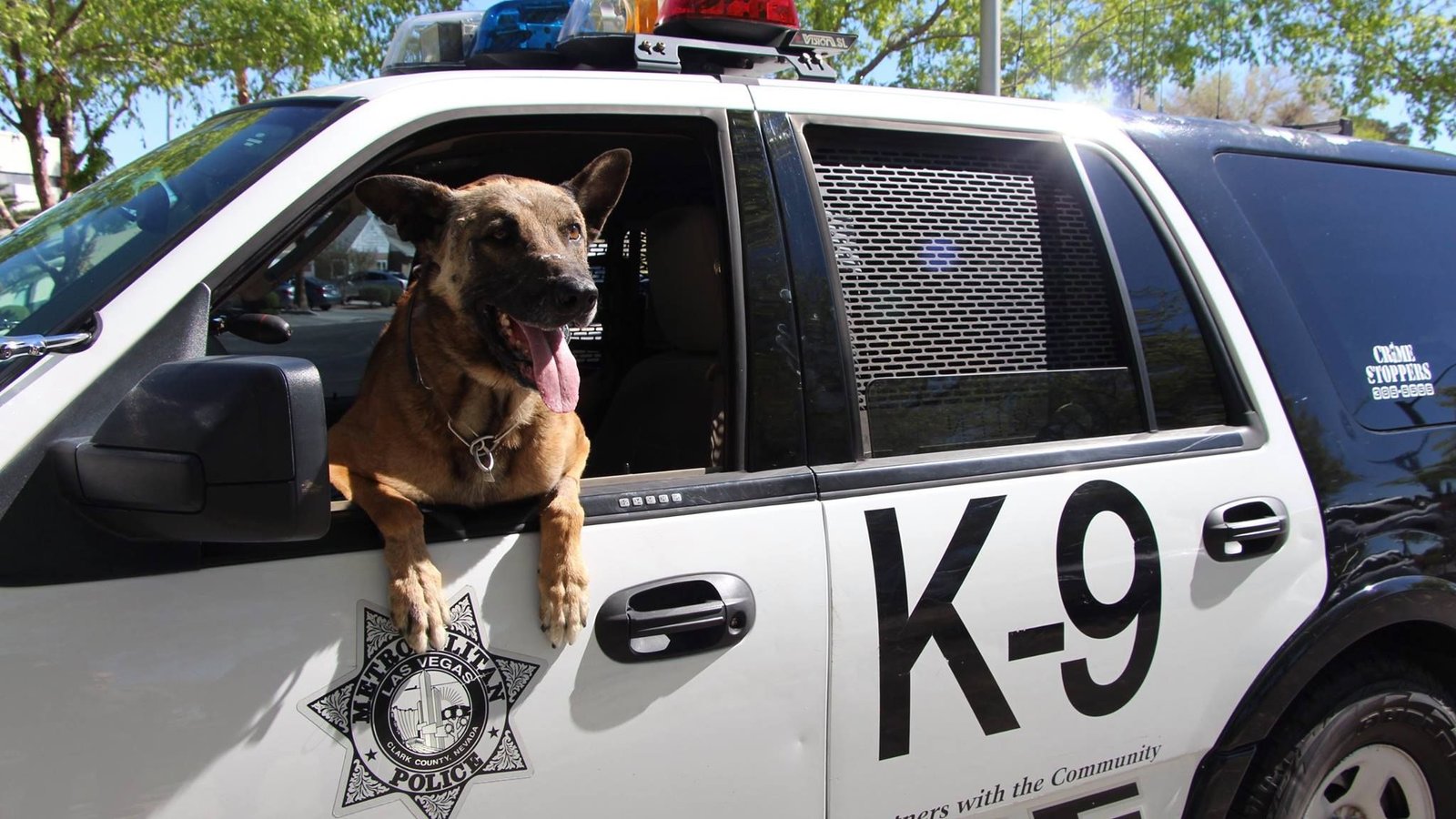
German Shepherds are among the most common breeds in law enforcement globally.
Common K9 Tasks:
-
Apprehending suspects
-
Drug detection (Narcotics K9)
-
Explosive detection (Bomb Squad K9)
-
Search and rescue operations
-
Crowd control during riots or protests
Their loyalty and obedience make them trusted partners for police officers. In many departments, officers refer to their German Shepherds as fellow officers, and they even receive ranks and honors post-service.
2. Military Dogs – Soldiers with Four Legs
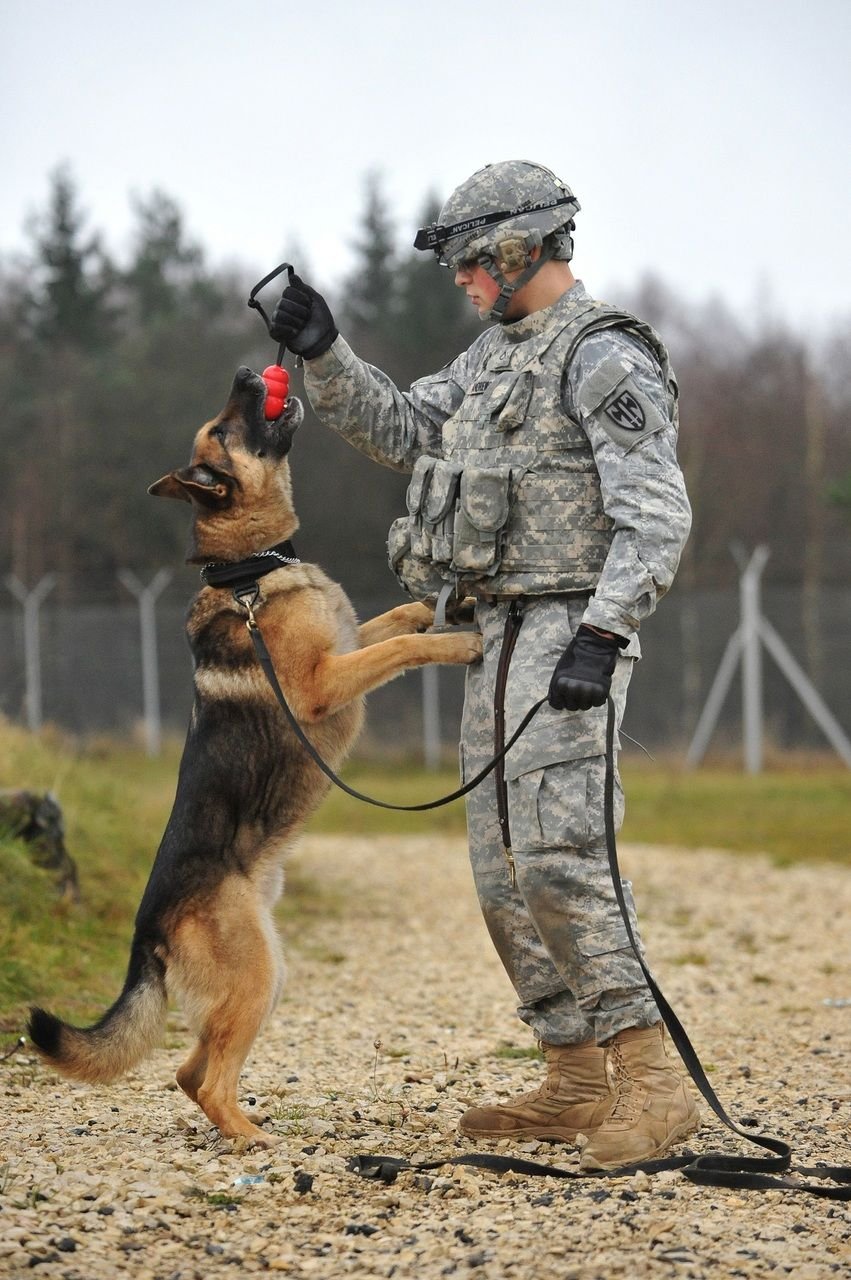
German Shepherds have been active in military service since World War I, used by German, American, British, and other forces worldwide.
Military Roles Include:
-
Tracking and scouting in combat zones
-
Explosives and mine detection
-
Messenger duties in warzones
-
Protecting military personnel and installations
These dogs are trained to stay calm in gunfire, explosions, and high–stress scenarios. Many become lifelong partners of the soldiers they serve beside—and often receive military honors and retirement ceremonies for their contributions.
3. Search and Rescue (SAR) – Heroes in Crisis
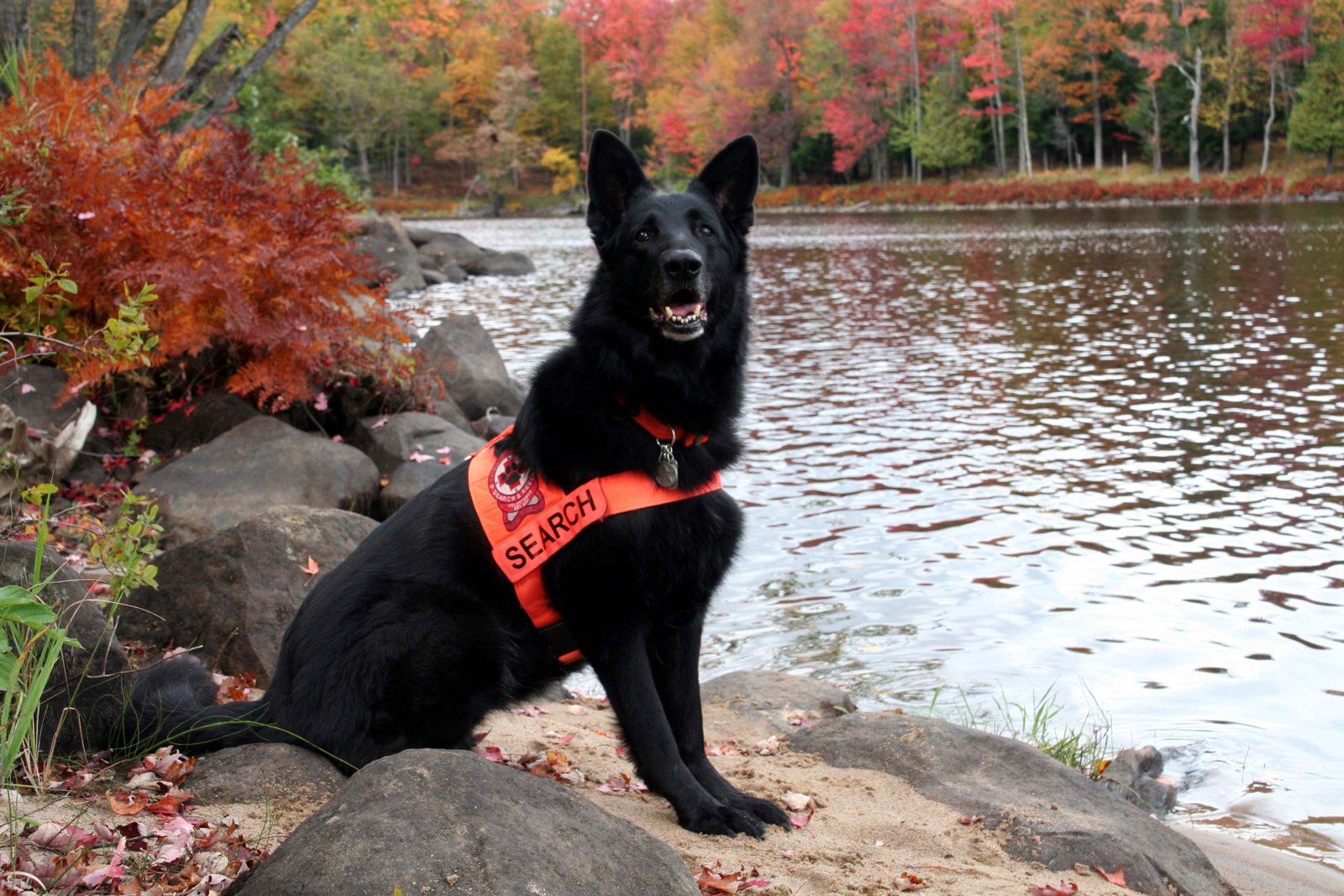
In natural disasters or missing person cases, time is critical. German Shepherds are trained to:
-
Locate trapped individuals in earthquake rubble
-
Track missing hikers in forests or snow
-
Help in floods, landslides, and avalanches
Their scenting ability and drive to complete a mission make them irreplaceable in crisis rescue teams.
4. Service Dogs – Assisting With Compassion
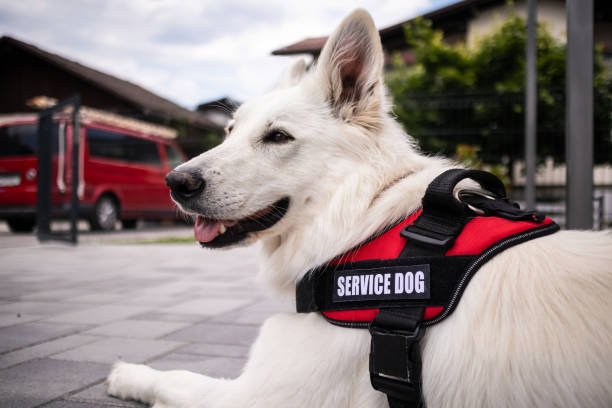
While Labradors and Goldens are often seen in service work, German Shepherds excel in specialized service roles, particularly where mobility, hearing, or medical alerts are required.
Common Roles:
-
Guide dogs for the visually impaired
-
Hearing dogs for the deaf
-
Medical alert dogs (for diabetes, seizures, etc.)
-
Mobility assistance dogs for veterans or elderly
Their balance of strength, gentleness, and alertness makes them ideal for service work. They are trained to remain calm, ignore distractions, and act fast when needed.
5. Therapy Dogs – Healing with Presence
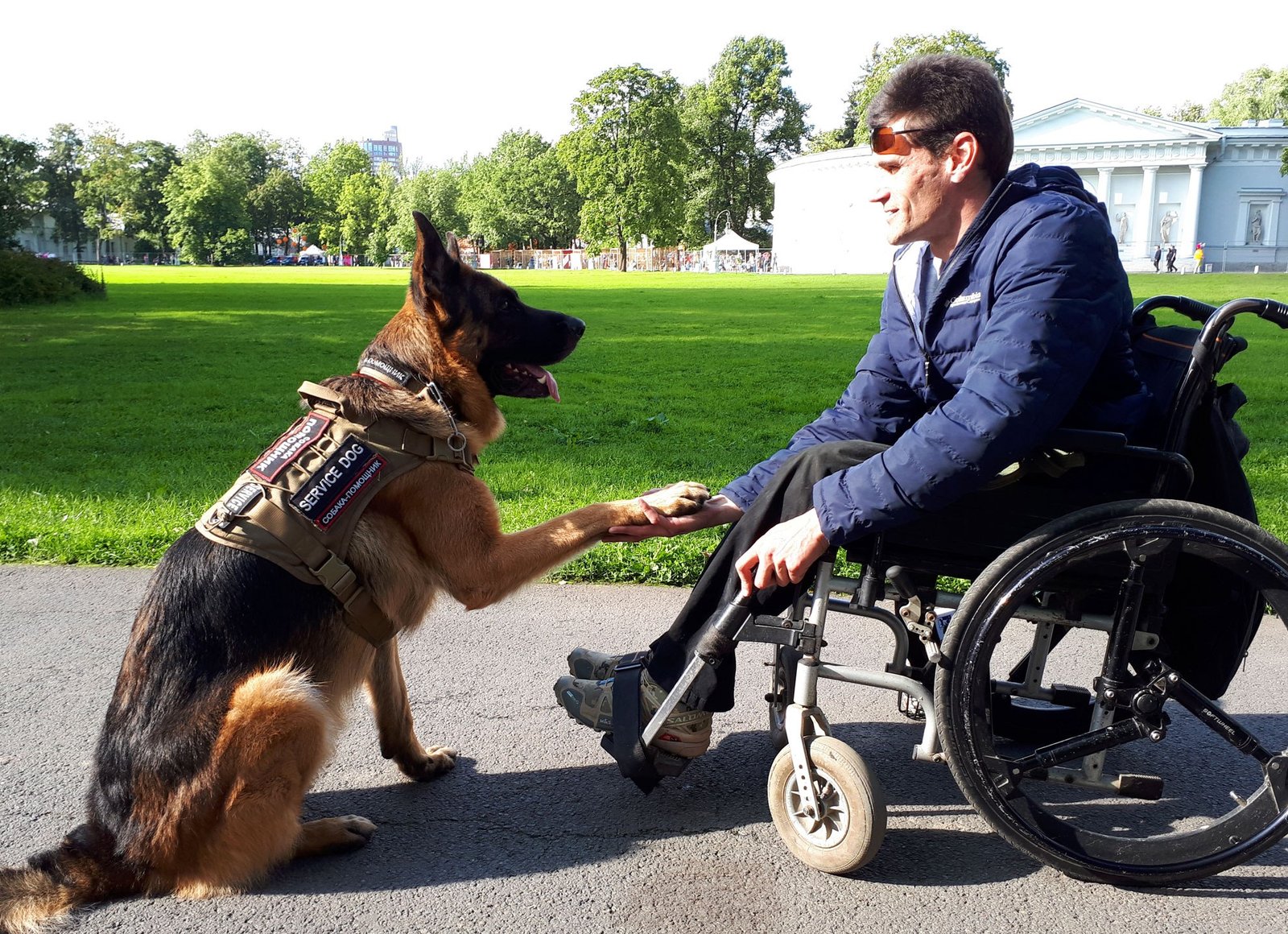
German Shepherds also serve as emotional support and therapy dogs, particularly for:
-
PTSD patients
-
Children with autism
-
Hospital and hospice visits
-
Trauma victims
Their empathetic nature allows them to provide calm, reassuring support, and many handlers have shared how these dogs help people open up emotionally, often without a word being spoken.
Training That Builds Legends
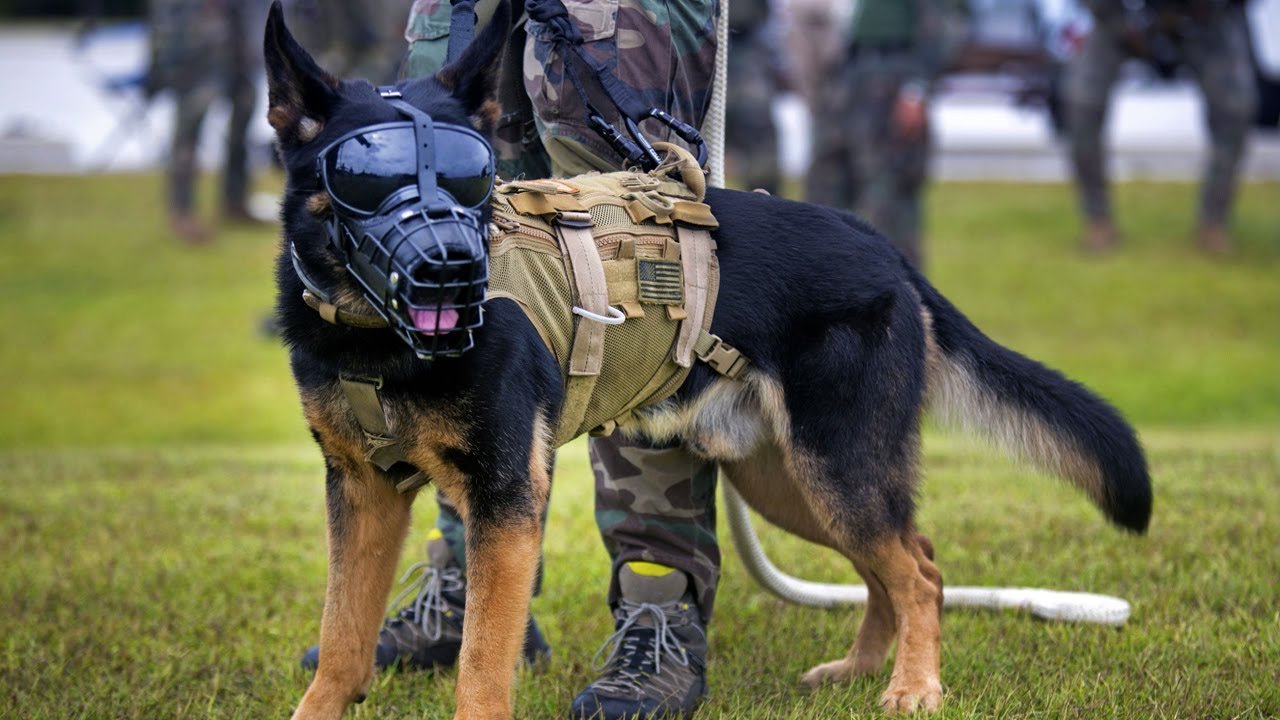
Working German Shepherds undergo intense training programs, often beginning as early as 8 weeks old.
Example Training Elements:
-
Obedience and impulse control drills
-
Scent detection training using real-world simulations
-
Agility and strength exercises
-
Handler bonding sessions
-
Public exposure and desensitization routines
Training can last 6 to 18 months, depending on the specialization. Only dogs with the right temperament and focus succeed—and those who do become living legends in service.
Life After Duty: Retirement for Working German Shepherds
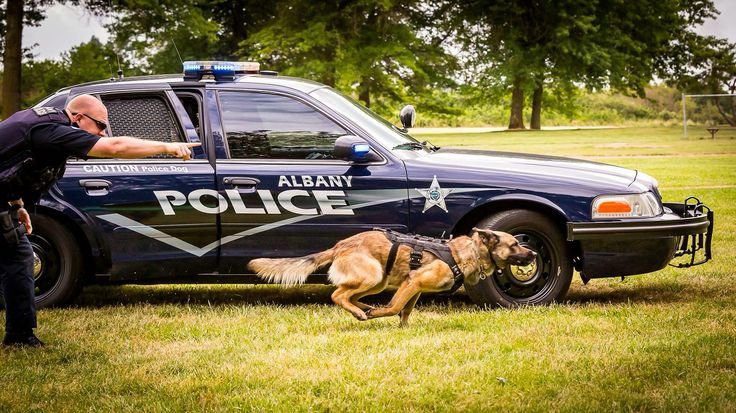
Most working German Shepherds retire between age 8 to 10. Many are adopted by their handlers or loving families. Retired police and military dogs often need therapy and adjustment support, as the stress of duty can affect them long after service.
At DogsReader, we salute these canine heroes. We also encourage adopting retired working dogs, as they are still capable of providing love, protection, and companionship.
Closing Statement
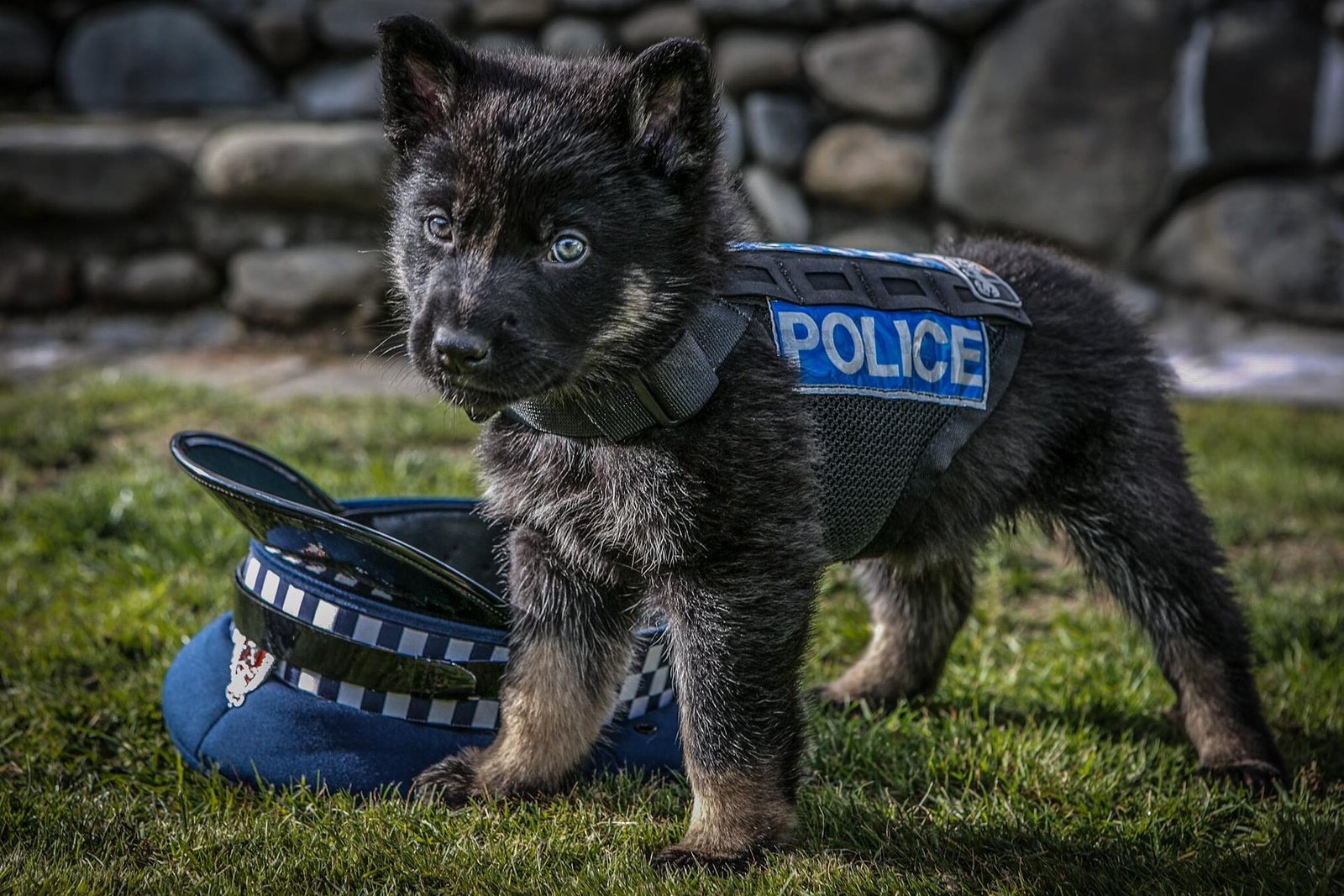
Whether it’s catching criminals, protecting soldiers, finding the lost, or healing invisible wounds, the German Shepherd has proven itself to be the world’s most trusted working dog. These roles are not just jobs—they are missions carried out with heart, skill, and unmatched loyalty.
This article is the fifth part of the German Shepherd Series on DogsReader, bringing you closer to understanding what makes this breed truly exceptional.
Explore more about this remarkable breed in our ongoing series—and remember, the DogsReader website features a 24/7 AI chatbot trained on AKC knowledge to answer all dog-related questions, including health and behavioral advice.
Subscribe to us on YouTube, follow DogsReader on Facebook and Instagram , and feel free to reach out at www.dogsreader.com. Your support helps us bring you more expert dog knowledge, training tips, and real-life stories that matter.
FAQs: The Working Spirit of German Shepherds in Police, Military & Therapy Roles

1. Why are German Shepherds so commonly used in police and military work?
German Shepherds excel in these roles due to their:
Intelligence – Ranked as the 3rd smartest dog breed
Strength & Agility – Powerful build with high endurance
Loyalty & Trainability – Eager to please and quick learners
Strong Nose – Superior scent detection for drugs, bombs, and suspects
2. What specific jobs do German Shepherds perform in law enforcement?
- Patrol Work – Apprehending suspects, crowd control
- Detection – Sniffing out narcotics, explosives, or cadavers
- Search & Rescue – Finding missing persons in disasters
- Tracking – Following scent trails over long distances
3. How are military German Shepherds trained differently from police dogs?
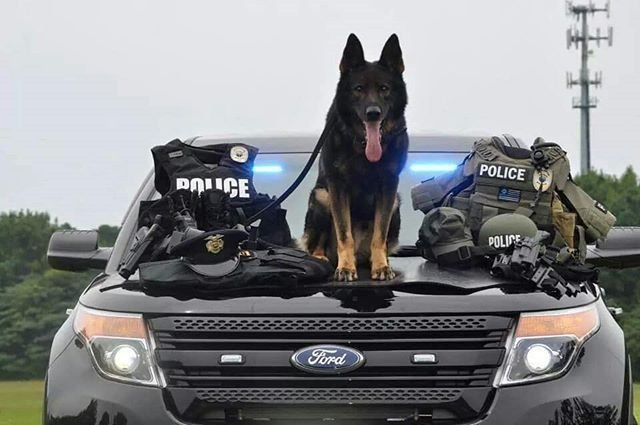
Military GSDs often learn:
- Silent Commands (Hand signals for covert ops)
- Parachute Insertions – Training to jump from aircraft
- Combat Skills – Protecting handlers in war zones
- Explosive Detection – More intensive than civilian training
4. Can German Shepherds be effective therapy or service dogs?
Absolutely! Their versatility extends to:
- Therapy Work – Comforting hospital patients or trauma victims
- Service Roles – Assisting people with disabilities (guide dogs, mobility support)
- PTSD Support – Helping veterans with anxiety and grounding techniques
5. What traits make German Shepherds ideal for high-stress jobs?
- Courage – Fearless in dangerous situations
- Focus – Ability to work amid distractions
- Adaptability – Perform in varying environments (urban, forest, desert)
- Strong Bond with Handlers – Deep loyalty ensures reliability
6. How long does it take to train a working German Shepherd?

- Basic Obedience: 4–6 months
- Specialized Training (K9, SAR, etc.): 6–12 months
- Military/Elite Roles: Up to 2 years
7. Do all German Shepherds have the temperament for work?
No—only dogs with:
Stable Nerves (Not easily startled)
High Drive (Motivated by toys, praise, or rewards)
Confidence (No excessive fear/aggression)
8. What happens to retired police/military German Shepherds?

- Adopted by Handlers – Common if the dog bonds closely
- Rehomed to Families – After temperament screening
- Sanctuary Care – For dogs with medical needs
9. How can I tell if my German Shepherd has working potential?
Signs include:
- High Energy & Play Drive
- Problem-Solving Skills
- Strong Focus on Tasks
- Confidence in New Environments
10. Can pet German Shepherds learn working dog skills?

Yes! While not all are elite material, you can teach:
- Scent Games (Hide treats for tracking practice)
- Basic Protection Commands (“Watch” or “Guard”)
- Agility Training – Builds discipline and fitness
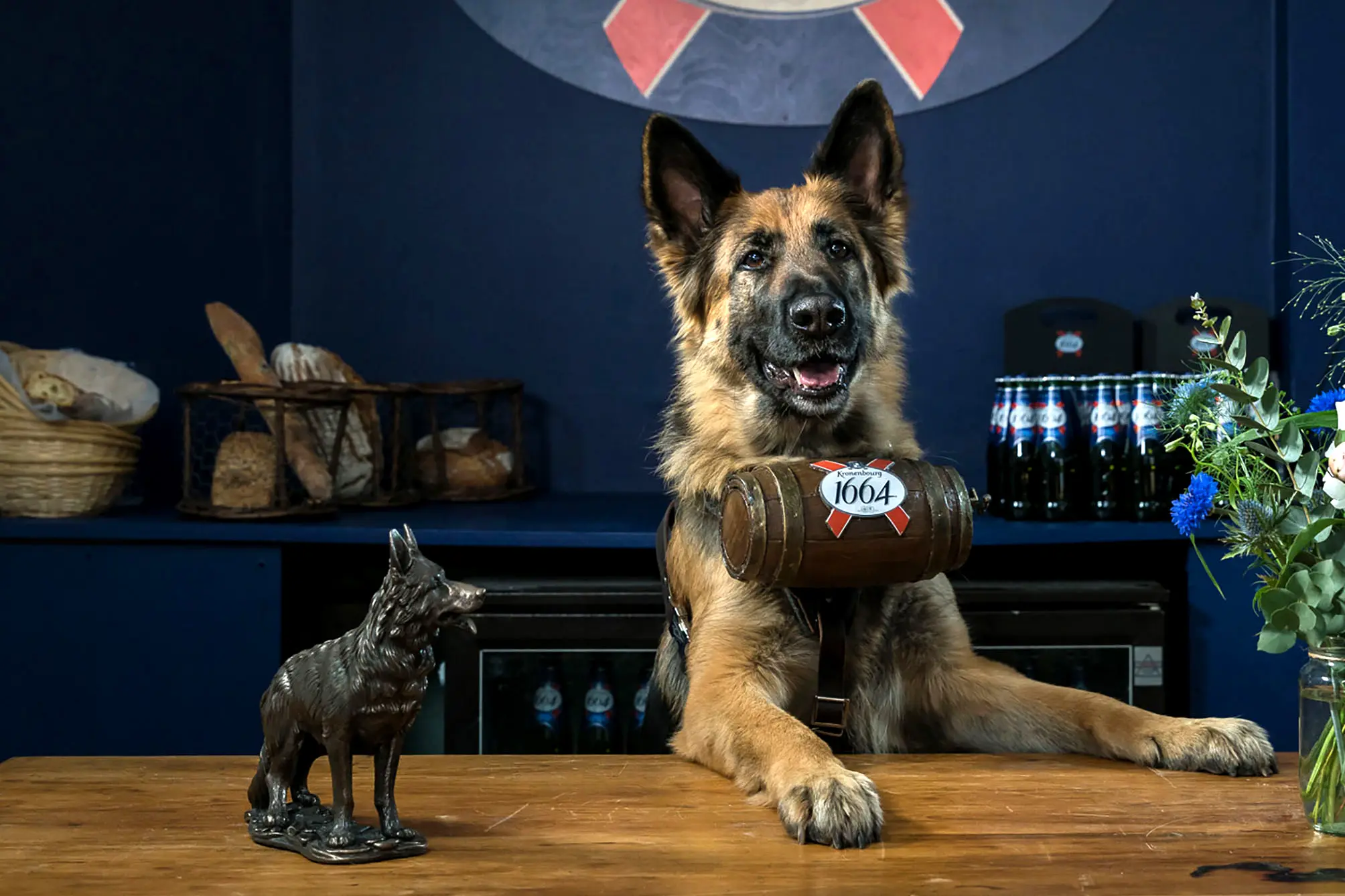
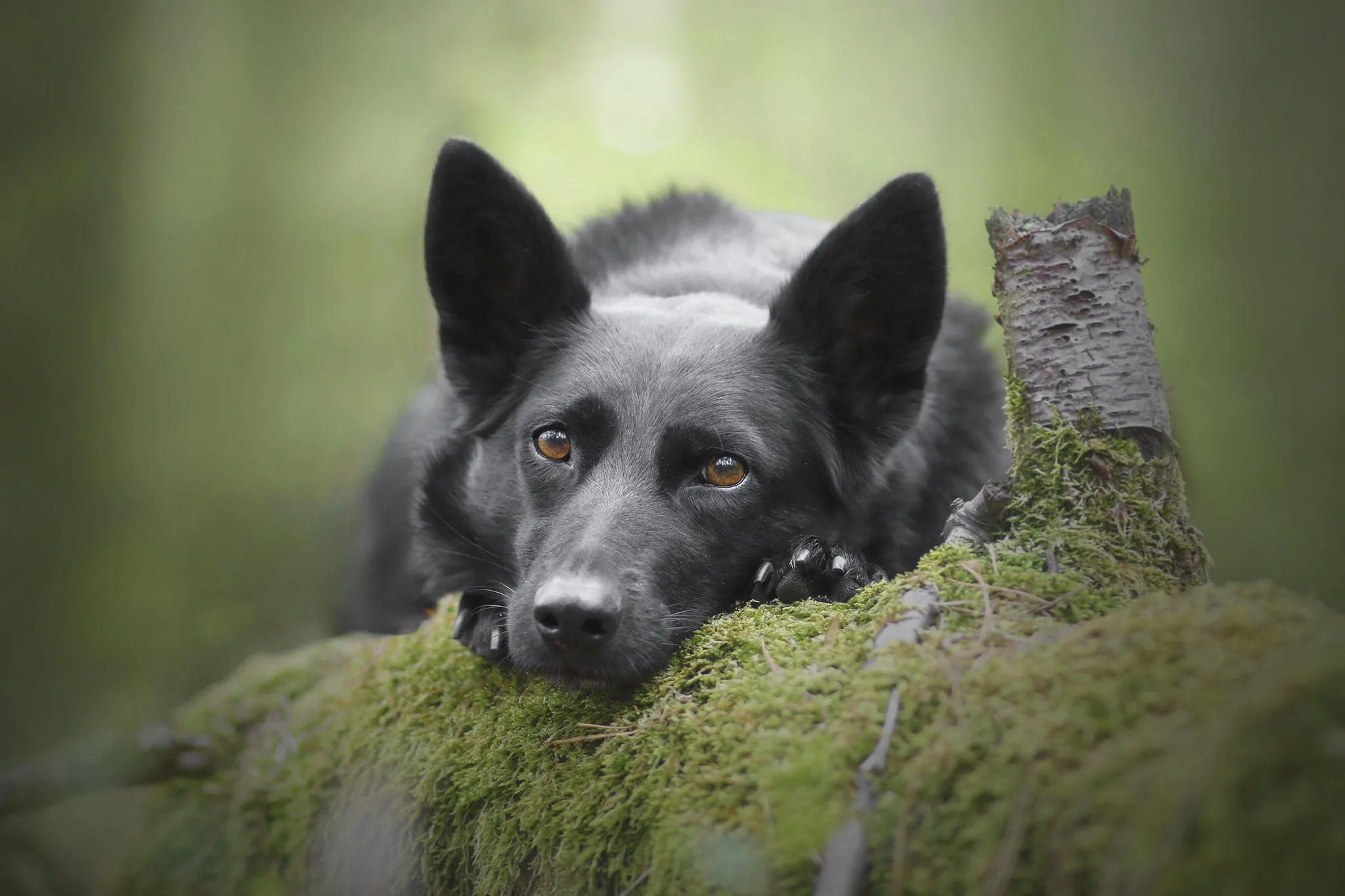
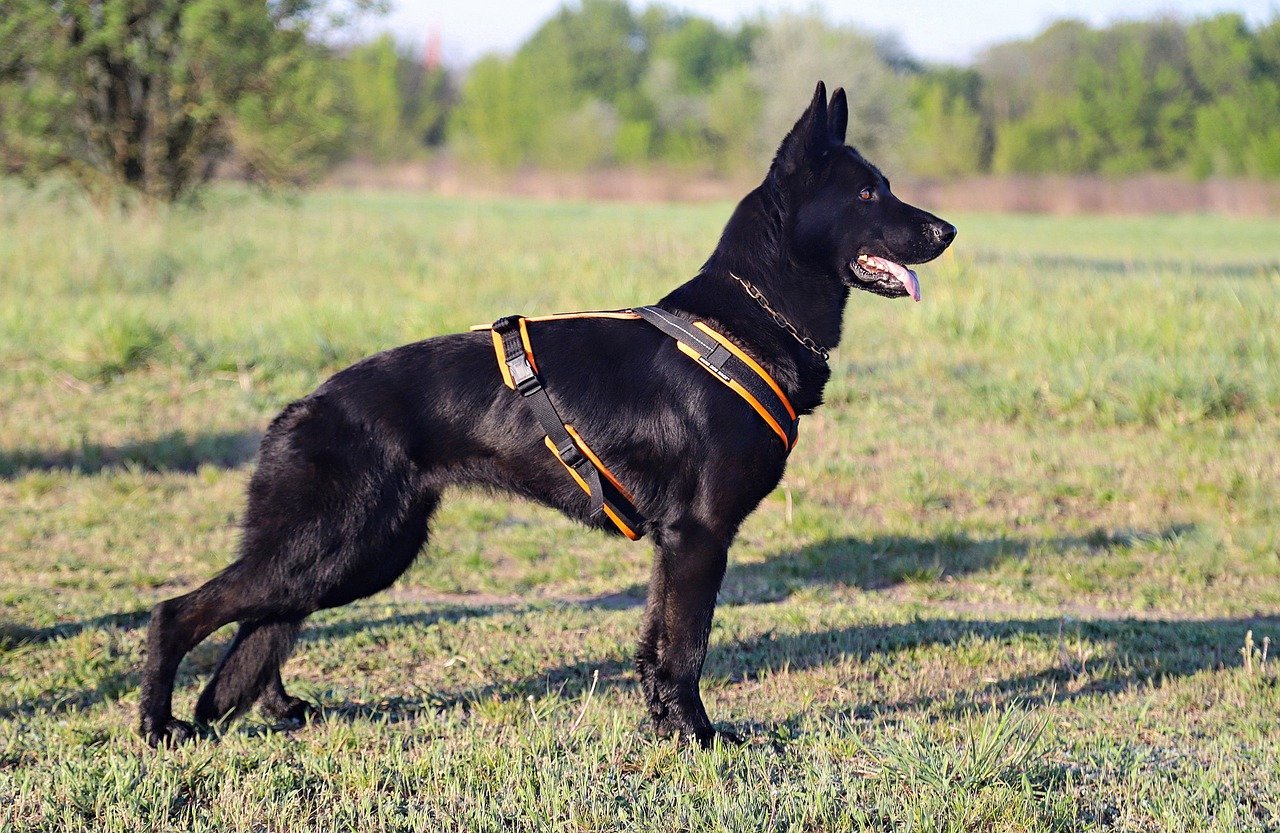
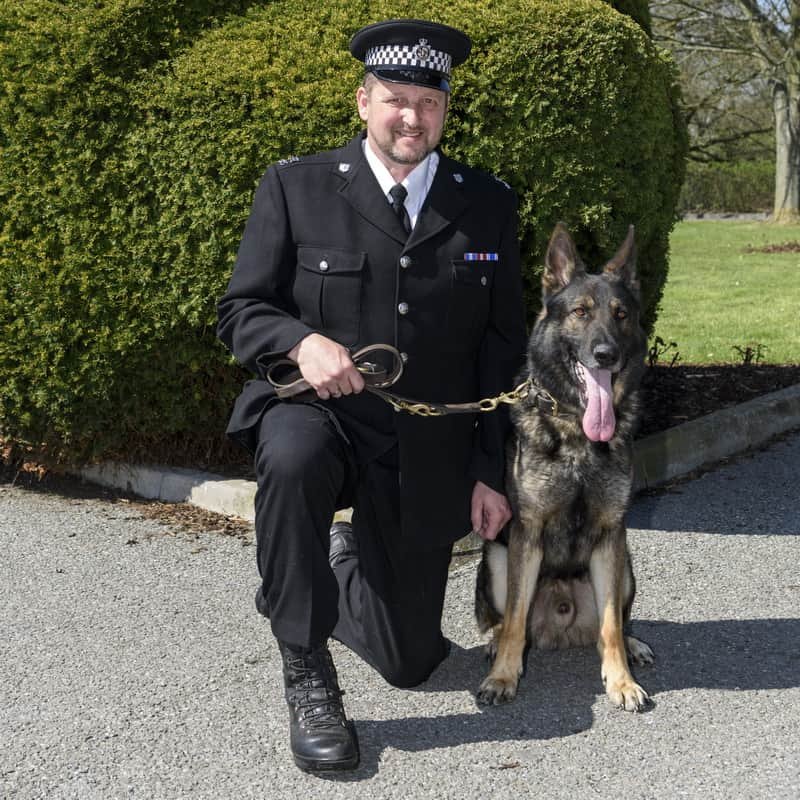
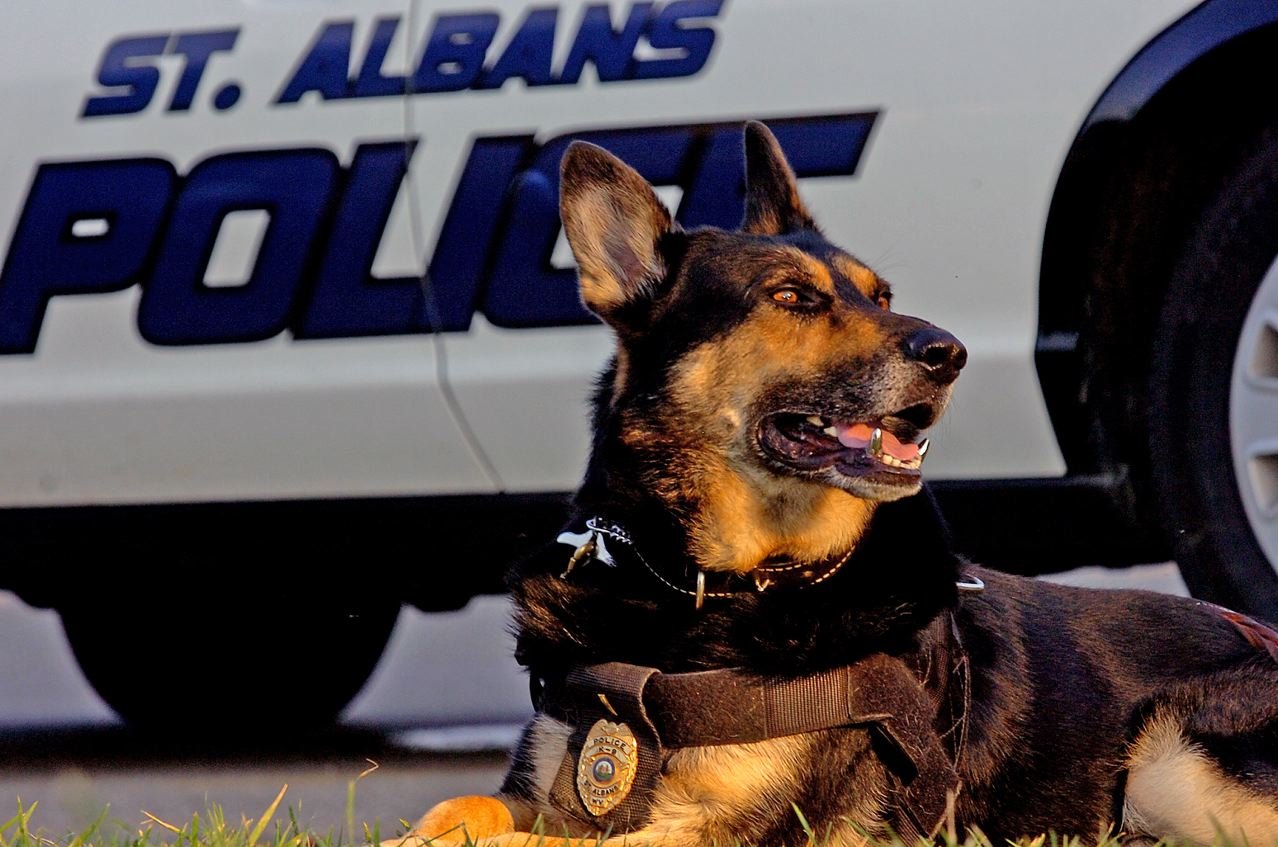

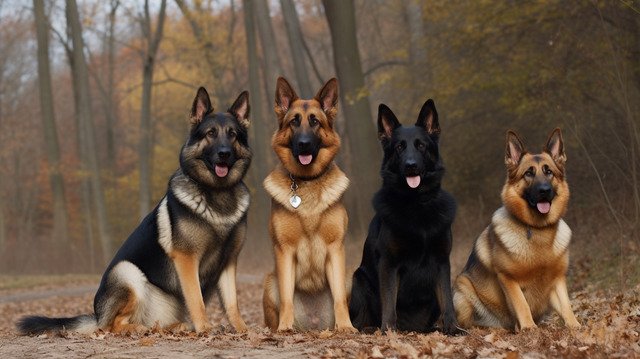
Working Breeds
Training a German Shepherd for Real-Life Scenarios: Protection, Loyalty, and Daily Commands

Part 4 of the German Shepherd Series on DogsReader
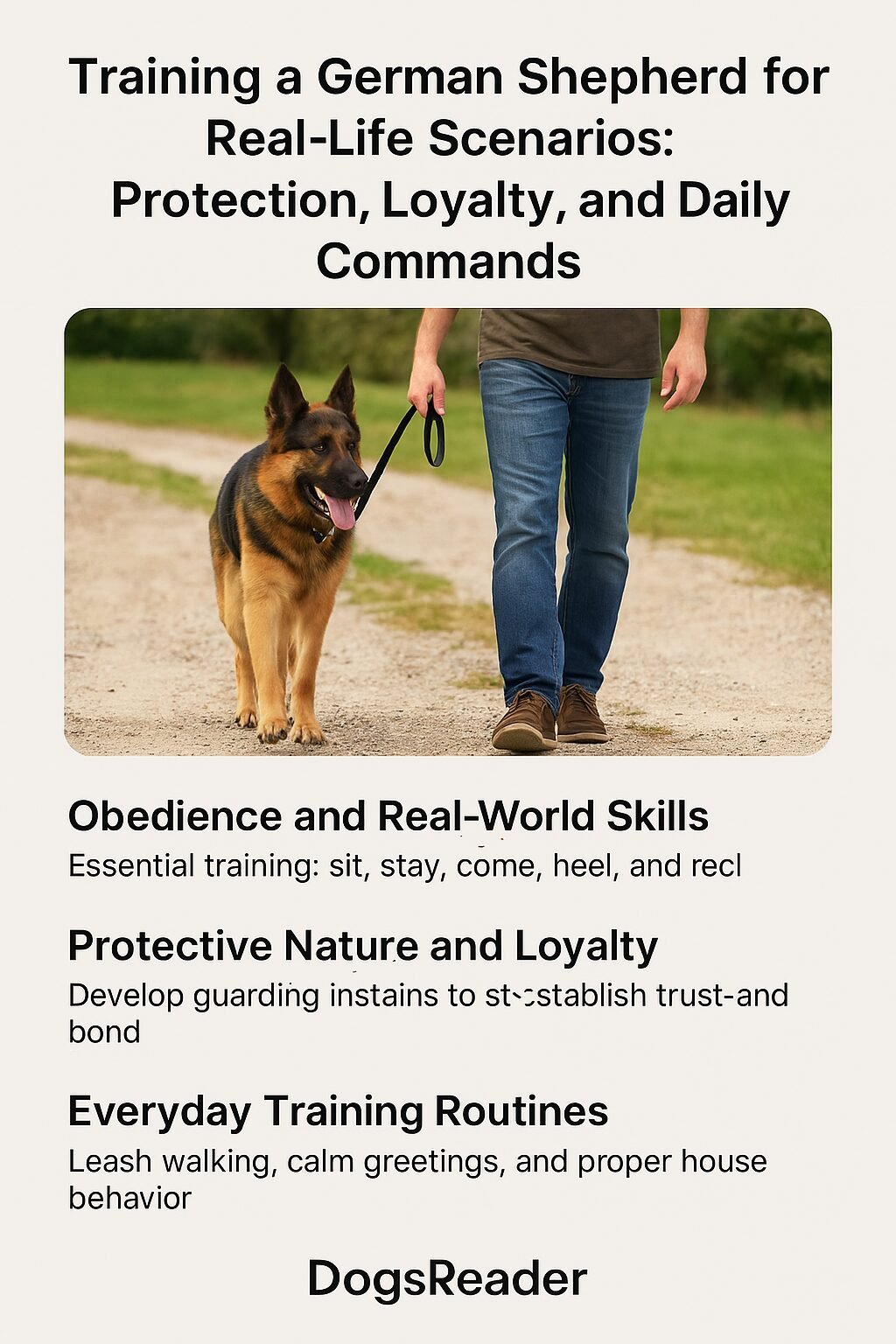
Training a German Shepherd for Real-Life Scenarios: The German Shepherd is one of the most trainable breeds in the world. But beyond basic obedience lies something even more powerful — the ability to perform in real-life situations. Whether it’s calmly walking through a busy street, responding quickly to danger, or simply knowing when to stay and when to act, a well-trained German Shepherd becomes not just a companion, but a reliable protector and everyday partner.
This 4 part of the German Shepherd Series on DogsReader dives into how to train your Shepherd for real-world scenarios, protective behaviors, and daily routines that build an unbreakable bond based on loyalty and mutual trust.
Obedience and Real-World Skills

While basic commands like sit, stay, and come are essential, it’s their application in unpredictable environments that truly defines a German Shepherd’s intelligence. Training for real-life means preparing your dog to respond under distraction, stress, and even unfamiliar surroundings.
 Real-World Scenarios to Train For:
Real-World Scenarios to Train For:

-
Busy Streets & Parks: Leash walking, impulse control, staying focused with kids, bikes, or other dogs nearby.
-
Home Visitors: Calm greeting, no jumping, and guarding without aggression.
-
Travel Situations: Crate familiarity, quiet behavior in cars, adjusting to new environments.
-
Emergency Recall: Practicing a solid “come” command from a distance in high-distraction areas.
Protective Nature and Loyalty Training
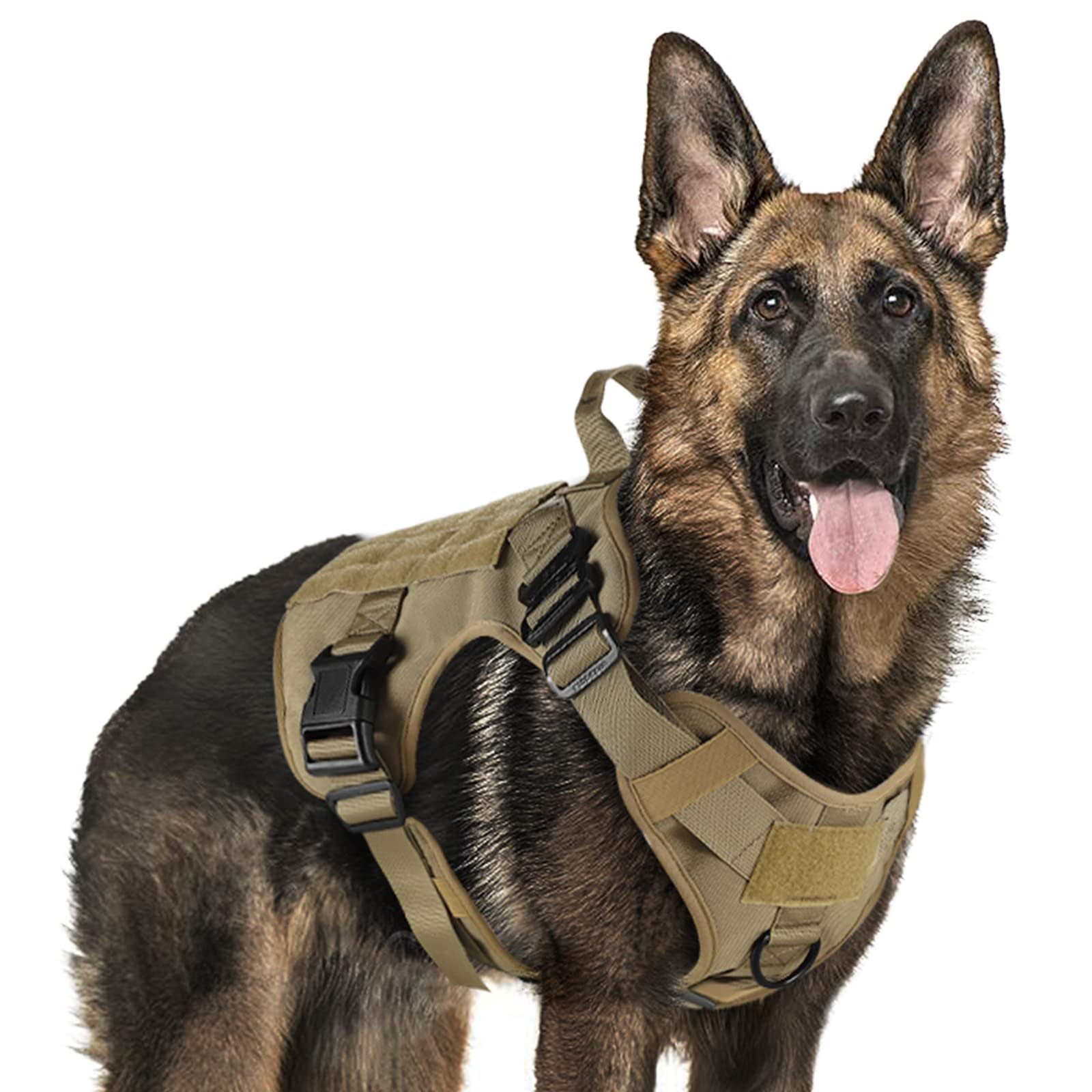
German Shepherds are naturally loyal and protective — but without structure, that can turn into anxiety or aggression. Protection training must always be ethical and guided by professionals when entering advanced areas.
 Tips for Shaping Positive Protective Behavior:
Tips for Shaping Positive Protective Behavior:
-
Controlled Barking: Teach the “speak” and “quiet” commands.
-
Boundaries at Home: Train your dog to understand the home perimeter without constant surveillance.
-
Stranger Discrimination: Encourage observation without aggression.
-
Handling Suspicious Sounds: Reinforce calm investigation and alerting without excessive barking.
Everyday Training Routines to Build Discipline
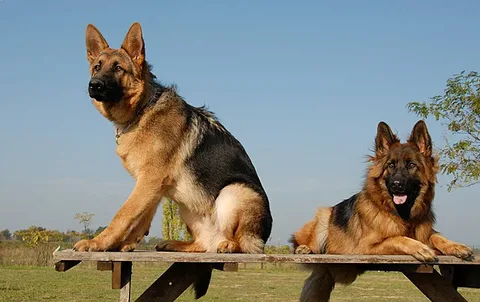
Consistency is everything. Your German Shepherd thrives on routines — they bring emotional balance and discipline. By integrating short, daily training routines, you reinforce leadership and deepen your relationship.
 Daily Routine Blueprint:
Daily Routine Blueprint:

Morning (10 mins): Basic commands + leash walking
Afternoon (15 mins): Real-world drills (e.g., sit-stay at the gate, car loading)
Evening (5-10 mins): Fun fetch or scent game + end with “place” command for relaxation
Even 20–30 minutes a day can maintain focus, reduce behavior problems, and increase confidence in everyday situations.
Common Training Mistakes to Avoid
Even smart dogs like German Shepherds can struggle if training is inconsistent or emotionally confusing.
 Avoid These Pitfalls:
Avoid These Pitfalls:

-
Inconsistent commands from different family members
-
Skipping socialization during training
-
Using punishment instead of redirection
-
Rushing through levels (every skill builds on the last)
When to Seek a Professional Trainer
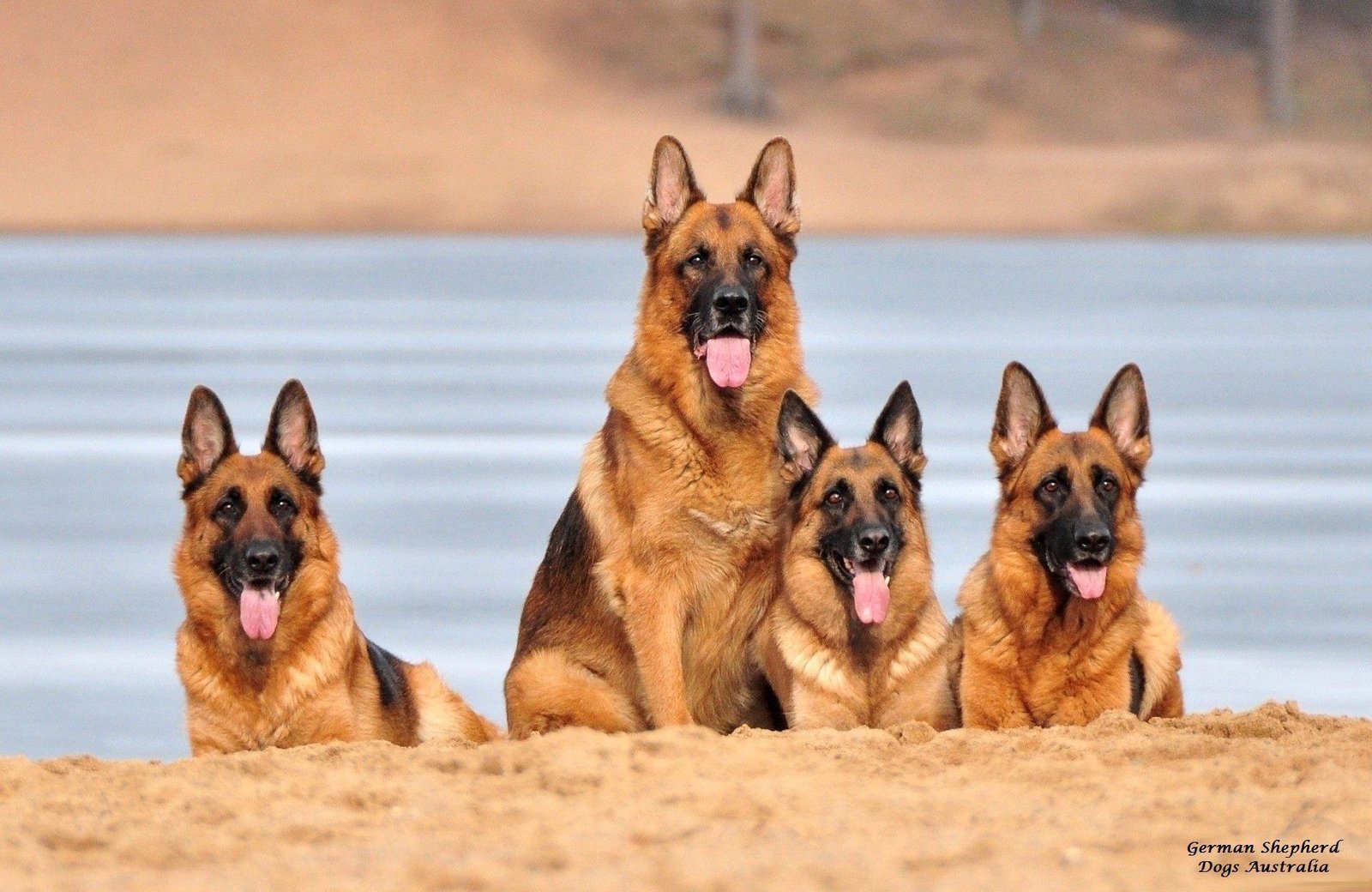
If your dog displays reactivity, over-protectiveness, or you’re aiming for advanced tasks (like protection, service work, or search & rescue), it’s smart to work with a certified dog behaviorist or trainer.
This ensures your German Shepherd reaches their full potential safely and effectively — especially when real-world pressure is involved.
Closing Statement The Loyal Guardian Within

Training your German Shepherd for real-life goes far beyond obedience. It’s about shaping a calm, loyal, and protective companion who thrives in your daily world. From city sidewalks to quiet living rooms, a trained Shepherd becomes a source of pride, protection, and partnership.
This article is Part 4 of the German Shepherd Series on DogsReader. Don’t miss out on the upcoming pieces in this series, where we’ll cover nutrition, advanced working roles, and health optimization.
—



FAQs for “Training a German Shepherd for Real-Life Scenarios: Protection, Loyalty, and Daily Commands”
1. Why is training important for German Shepherds in real-life scenarios?
Training your German Shepherd for real-life scenarios ensures that your dog is well-prepared to handle various situations, whether it’s protecting your home, responding to daily commands, or demonstrating loyalty. Proper training fosters a deep connection with your dog and ensures they are responsive and reliable in real-world environments.
2. What are the core aspects of real-life training for German Shepherds?
The core aspects include:
-
Protection Training: Teaching your dog how to protect you and your property.
-
Loyalty Building: Fostering a bond of trust and loyalty through consistent training and positive reinforcement.
-
Daily Commands: Teaching basic commands like sit, stay, come, heel, and more, which are essential for good behavior in everyday situations.
3. How long does it take to train a German Shepherd for protection?
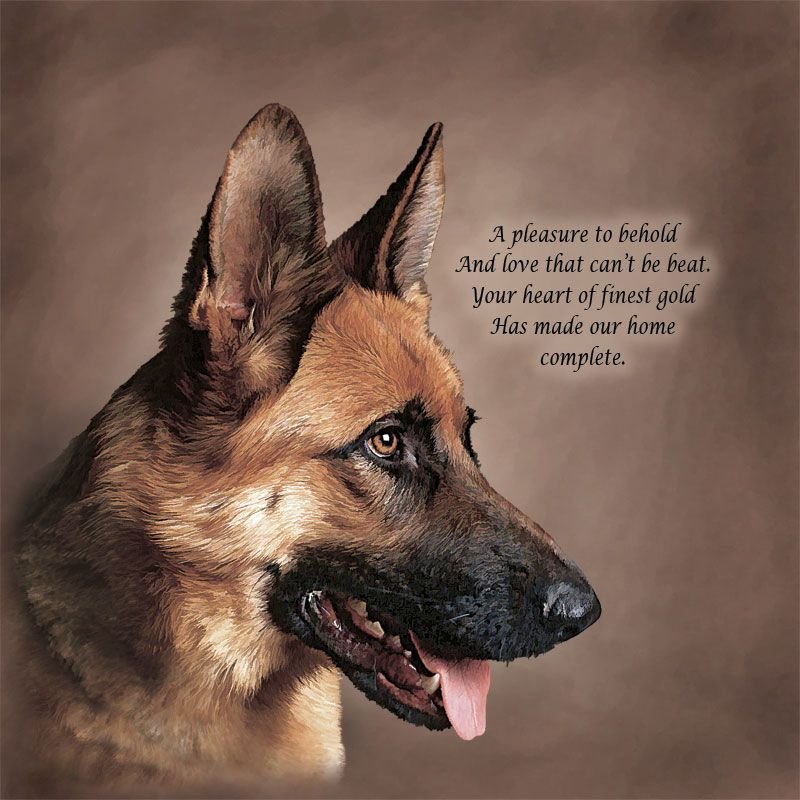
Protection training varies depending on the dog’s age, temperament, and experience level. Generally, German Shepherds can start basic protection training as early as 6 months, but advanced protection skills may take 1 to 2 years of consistent practice to fully develop.
4. Can I train my German Shepherd for protection on my own?
While basic obedience training can often be done at home, protection training should ideally be conducted under the guidance of a professional trainer. Protection work can be intense and requires specialized techniques to ensure both the dog’s safety and the owner’s security.
5. What are some key daily commands to teach a German Shepherd?
Key daily commands for German Shepherds include:
-
Sit
-
Stay
-
Come
-
Heel
-
Down
-
Leave it
-
Watch me Training these commands ensures your dog behaves well at home and in public spaces, making them easier to manage.
6. How can I build loyalty in my German Shepherd?

Loyalty in a German Shepherd is built through trust and consistent positive reinforcement. Spend quality time with your dog, reward good behavior, and establish clear boundaries. Training sessions should be engaging and rewarding to strengthen the bond and keep the dog motivated.
7. Are there any specific tips for training a German Shepherd for real-life scenarios?
Yes, here are a few tips:
-
Start Early: Begin obedience and socialization training as early as possible, ideally during puppyhood.
-
Be Consistent: German Shepherds respond best to a structured, consistent training routine.
-
Use Positive Reinforcement: Reward your dog with treats, praise, and toys to reinforce good behavior.
-
Socialize Regularly: Expose your German Shepherd to various environments, people, and situations to build confidence and adaptability.
-
Gradual Exposure: For protection training, expose your dog to simulated scenarios slowly to ensure they understand the context and can distinguish between real threats and normal situations.
8. How do I maintain my German Shepherd’s training over time?
Continuous training and reinforcement are key. Even after your German Shepherd has mastered protection or daily commands, regular practice is necessary to maintain their skills. Engage in frequent short training sessions, incorporate commands into everyday life, and keep training fun and varied to ensure they stay sharp.
9. Can a German Shepherd be trained for both protection and as a family pet?
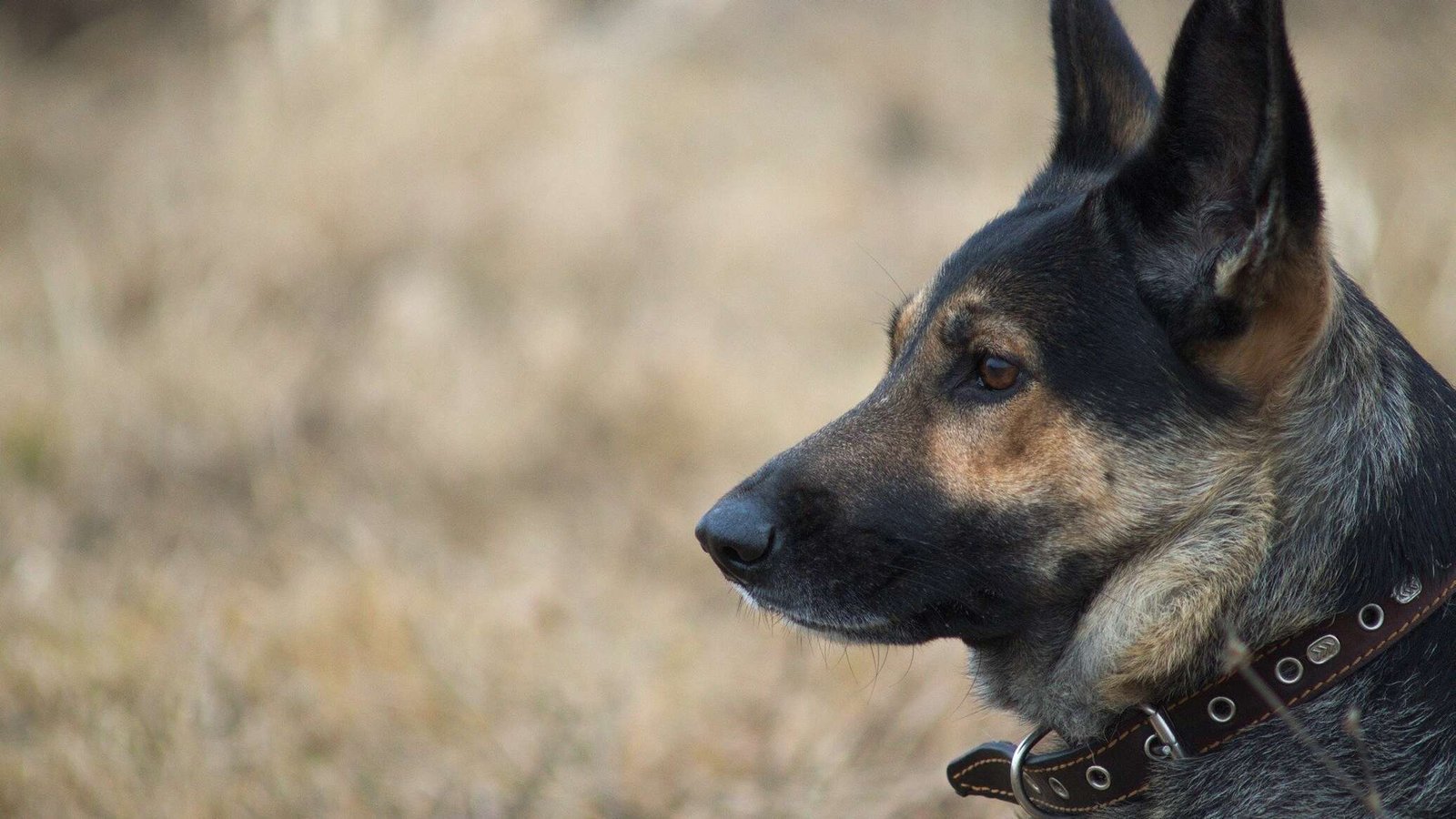
Yes, German Shepherds are versatile dogs and can excel as both protection dogs and family pets. With proper training, they can be protective when needed but also gentle, loyal, and loving with family members. Consistency in training is essential to balance both roles effectively.
10. What should I do if my German Shepherd is not responding to training?
If your German Shepherd is not responding to training, consider:
-
Reevaluating Your Approach: Perhaps your training method isn’t engaging enough for your dog. Try different techniques or consult a professional trainer.
-
Ensuring Consistency: Dogs thrive on routine. Ensure you’re being consistent with commands and rewards.
-
Addressing Distractions: Reduce distractions during training to help your dog focus better.
-
Checking Health: If your dog is unusually resistant to training, a vet check might be necessary to rule out health issues.
11. How do I know when my German Shepherd is ready for advanced protection training?
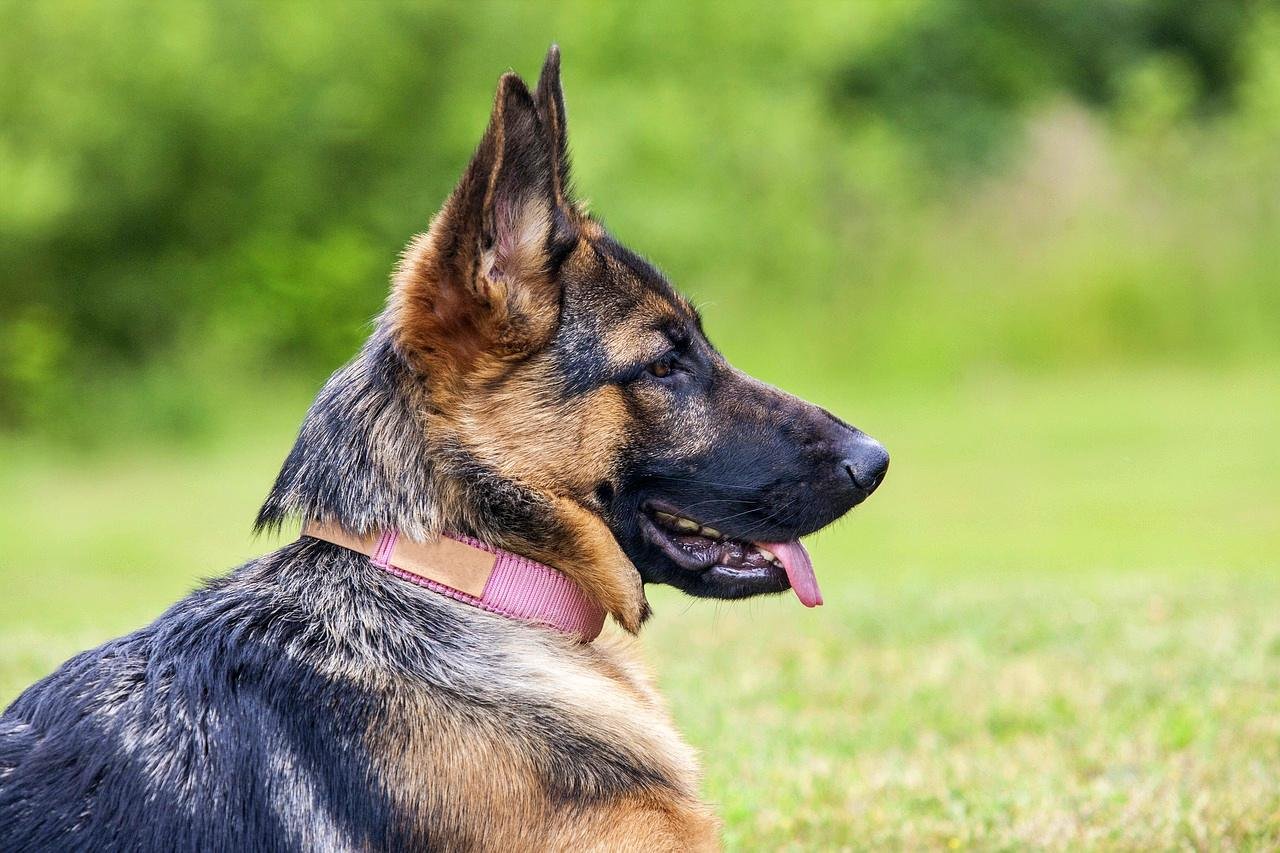
Your German Shepherd should be well-socialized, responsive to basic commands, and show a strong drive to protect. They should also be in good physical condition. When your dog demonstrates control and composure in basic obedience and is confident in different environments, they may be ready for more advanced protection training.
12. Can German Shepherds be trained to work in various real-life scenarios?
Yes, German Shepherds are highly trainable and often work in various roles such as search and rescue, police work, and therapy dogs. Their intelligence and versatility make them ideal candidates for real-life training, from personal protection to working as service dogs.
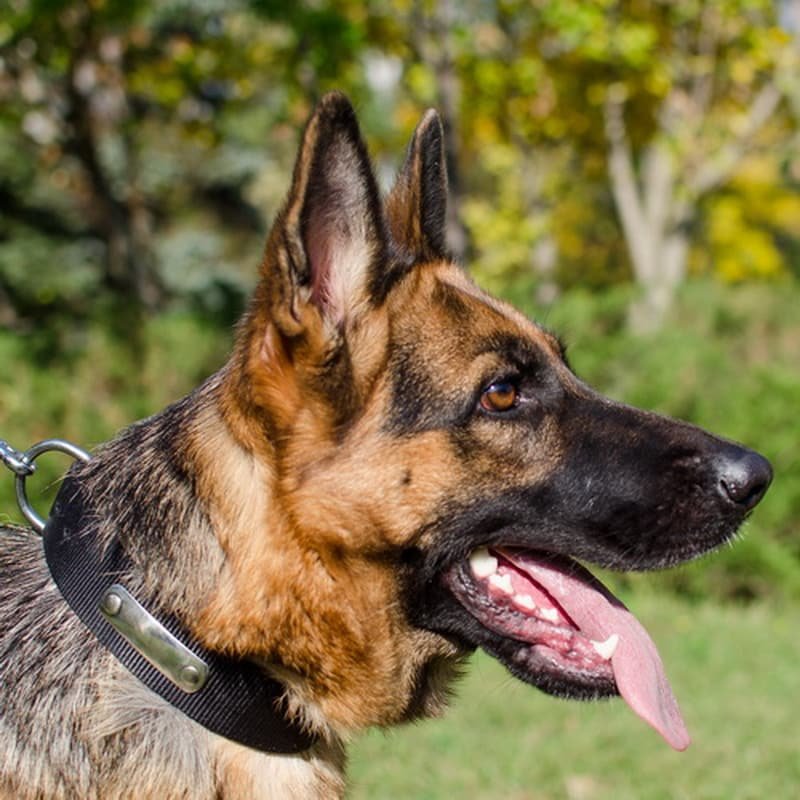


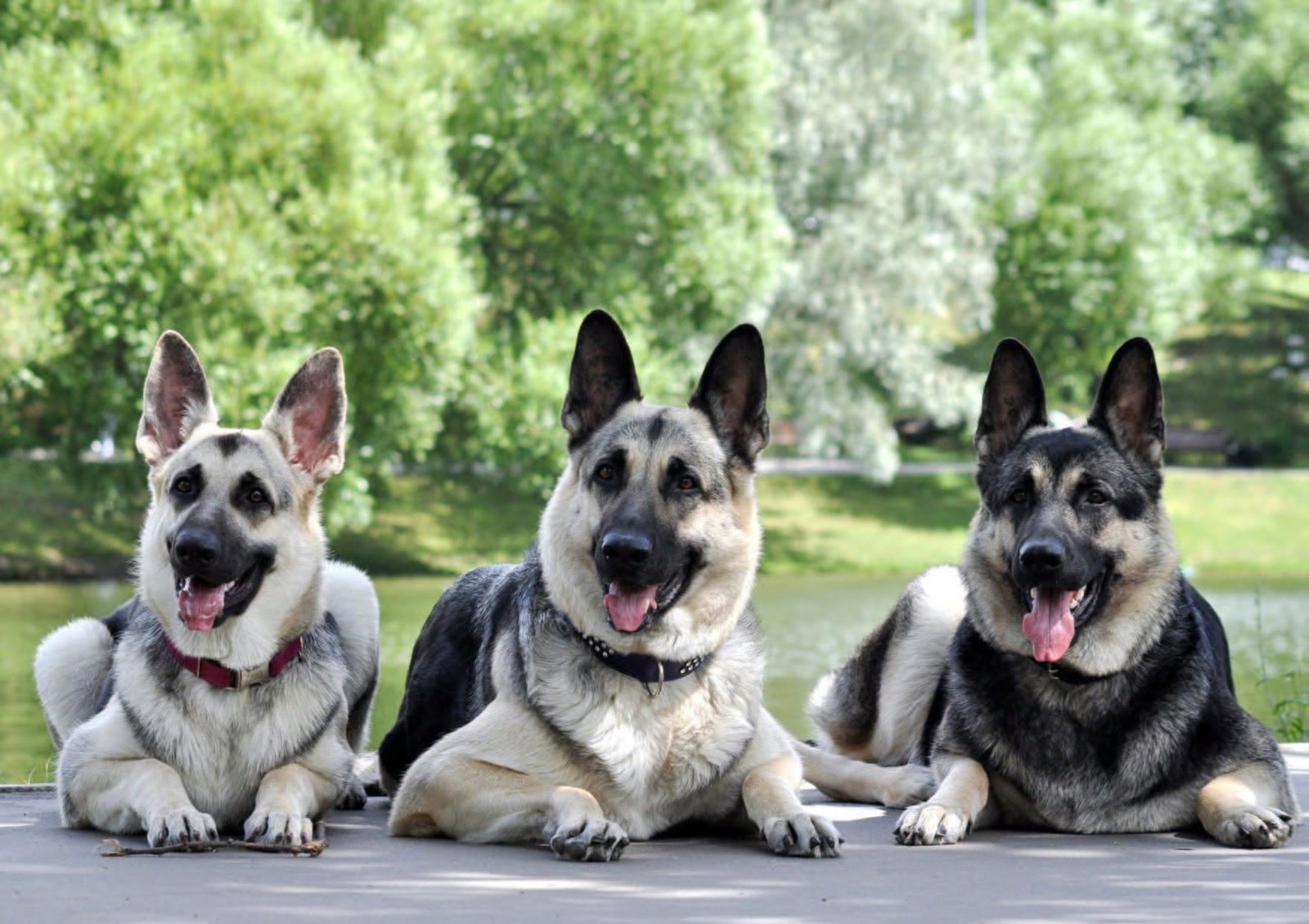
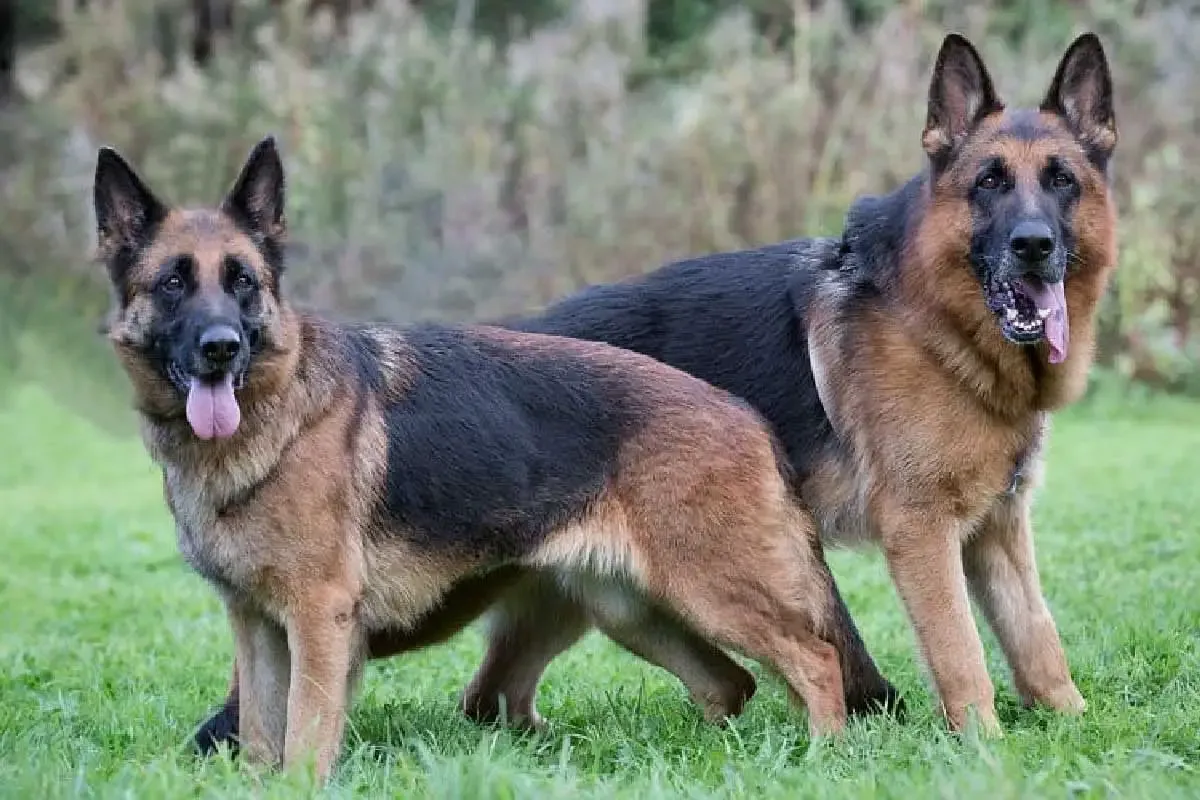
-

 SMALL DOG BREEDS4 months ago
SMALL DOG BREEDS4 months agoMerle Chihuahua: A Comprehensive Guide
-

 SMALL DOG BREEDS4 months ago
SMALL DOG BREEDS4 months agoMaltese: A Beloved Companion
-

 Large Breeds4 months ago
Large Breeds4 months agoSamoyeds Hypoallergenic: Closer Look at the Breed
-

 SMALL DOG BREEDS4 months ago
SMALL DOG BREEDS4 months agoMerle Pomeranian: A Adorable Companion
-

 Large Breeds4 months ago
Large Breeds4 months agoStandard Poodle Weight: Country Wise
-

 SMALL DOG BREEDS4 months ago
SMALL DOG BREEDS4 months agoYorkshire Terrier: a Big Personality
-

 MEDIUM BREEDS4 months ago
MEDIUM BREEDS4 months agoAmerican Water Spaniel Colors Chocolate In Crcols:
-

 Terrier Breeds3 months ago
Terrier Breeds3 months agoDog Breeds: by Country & Category






















